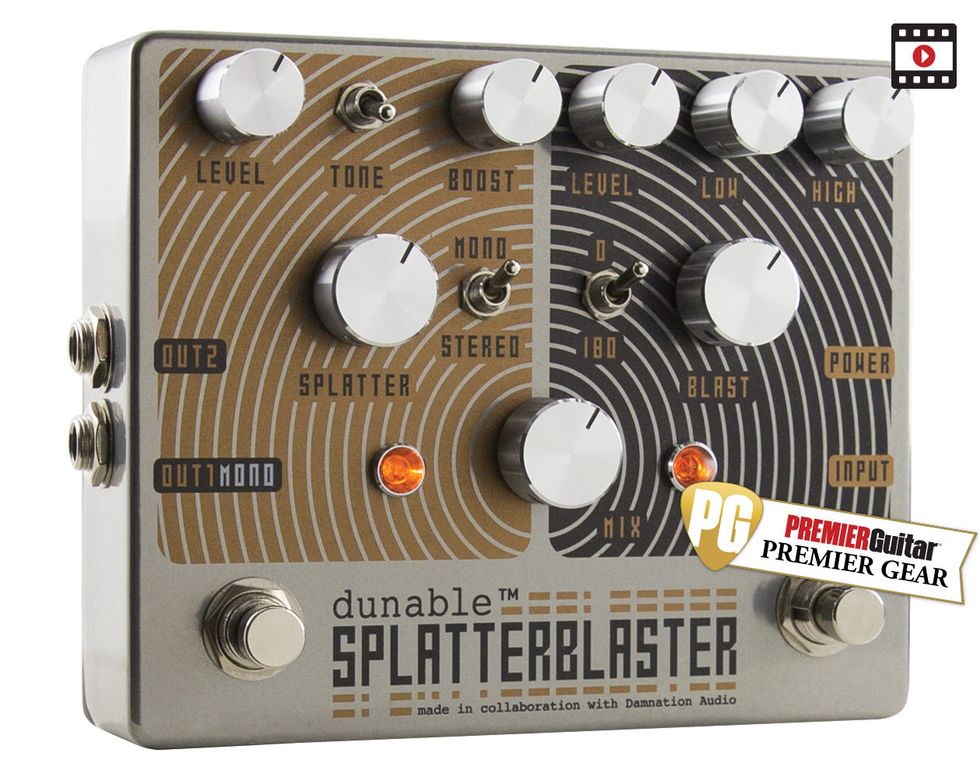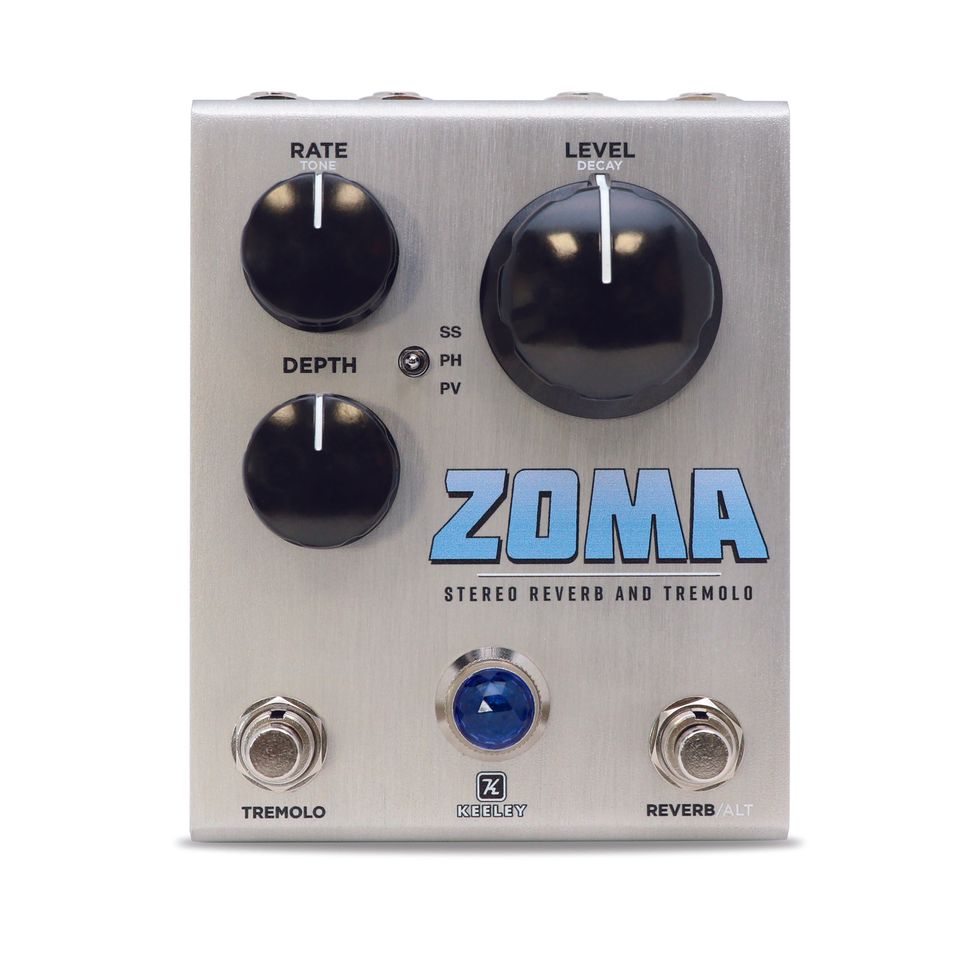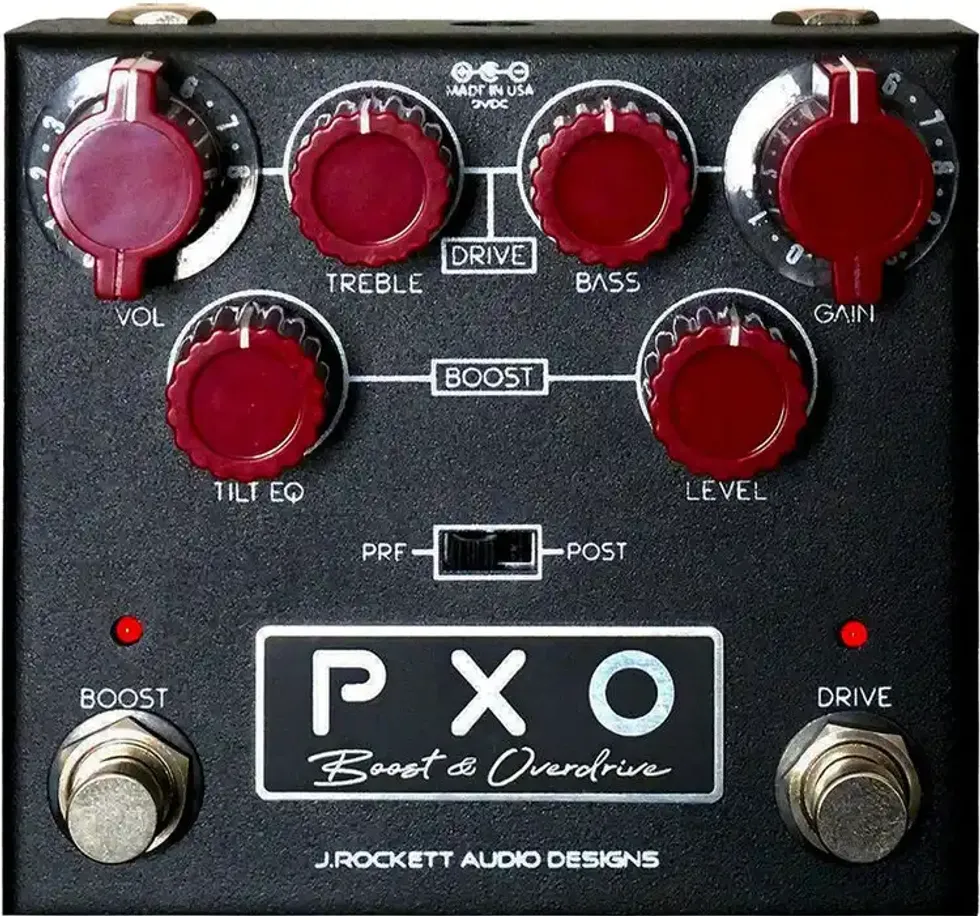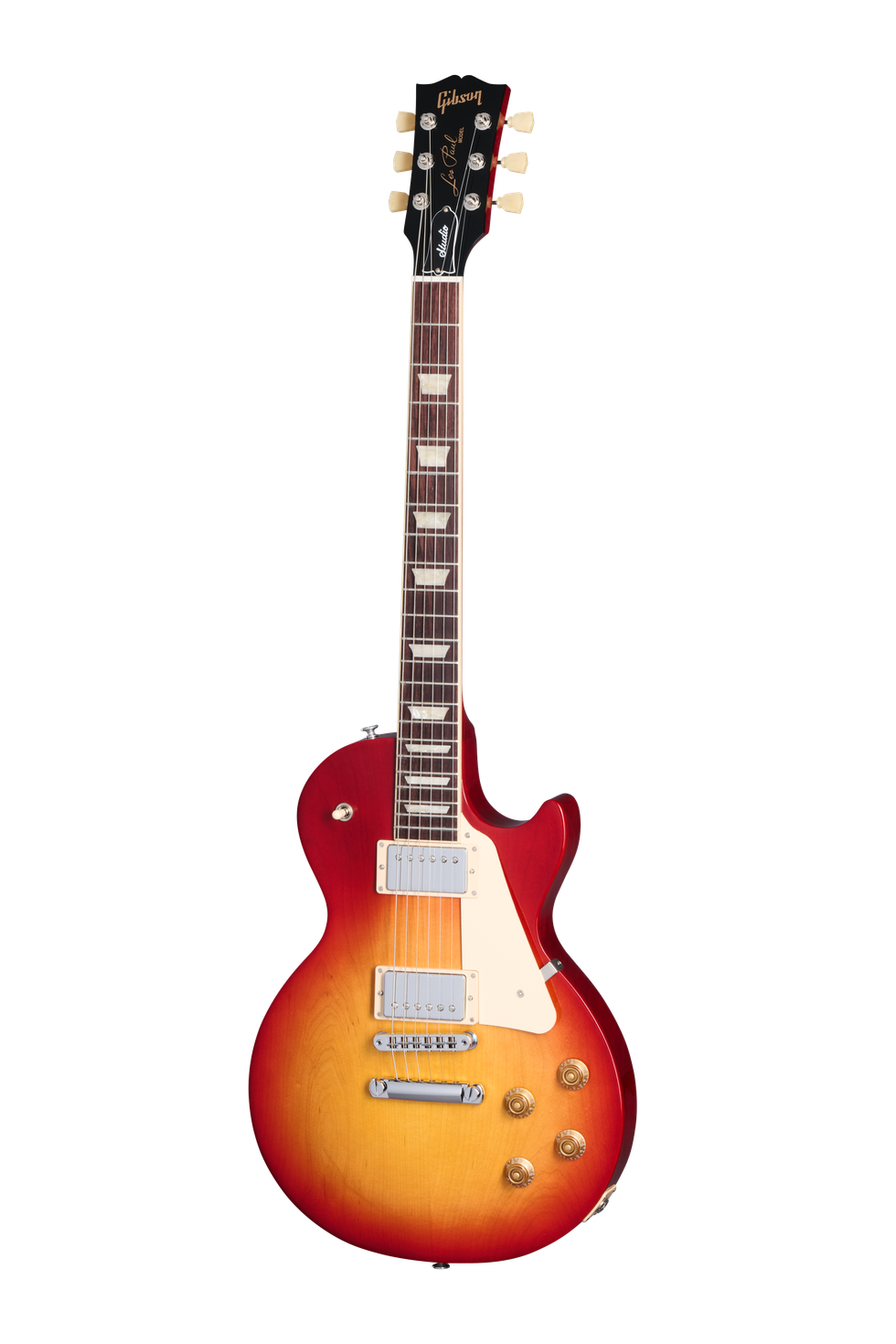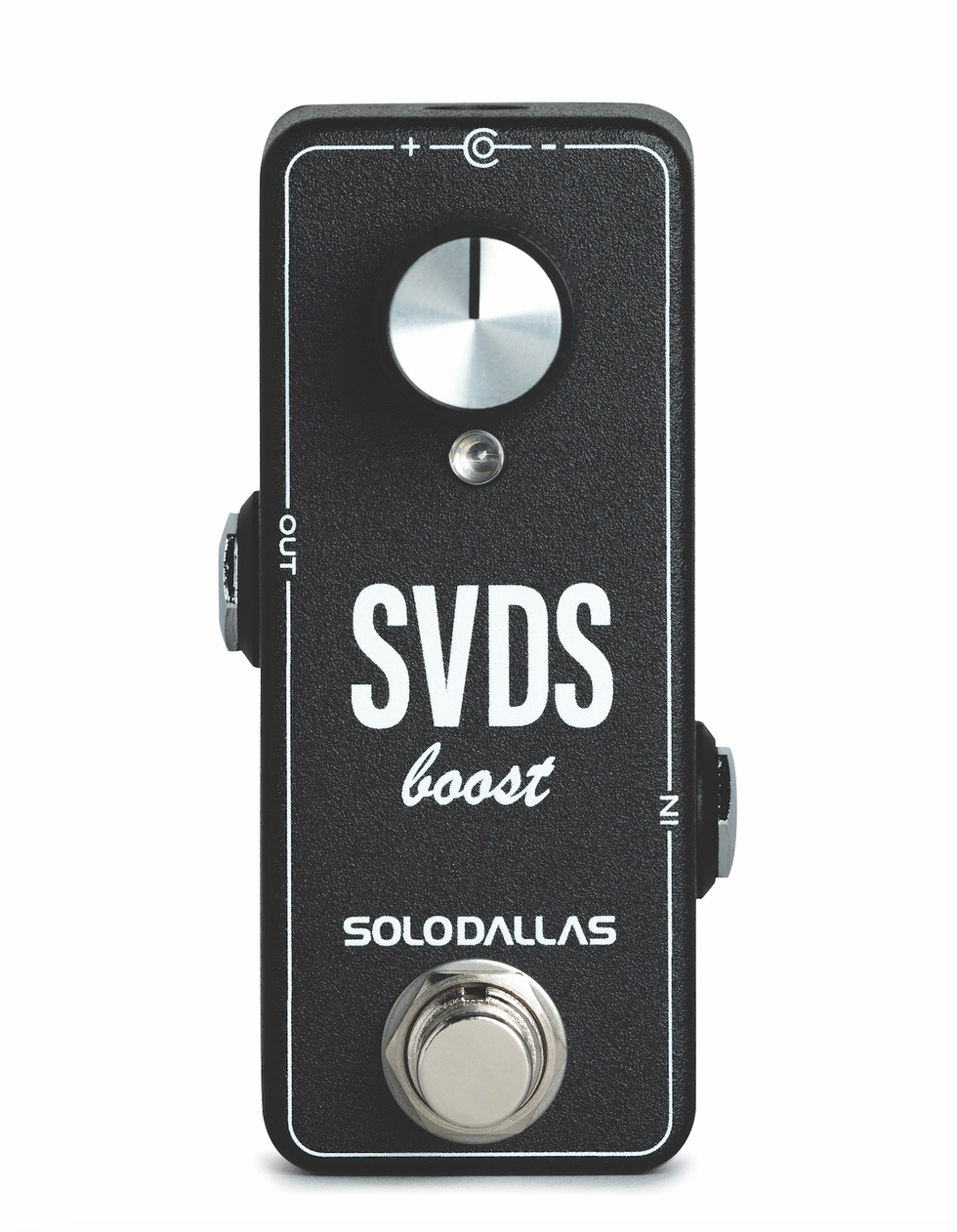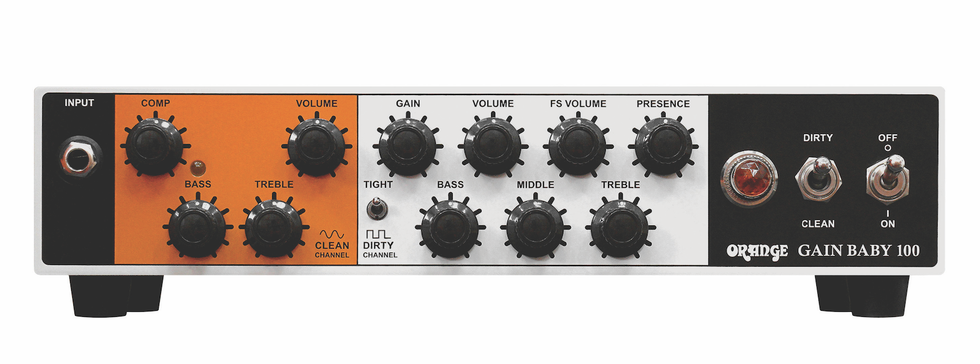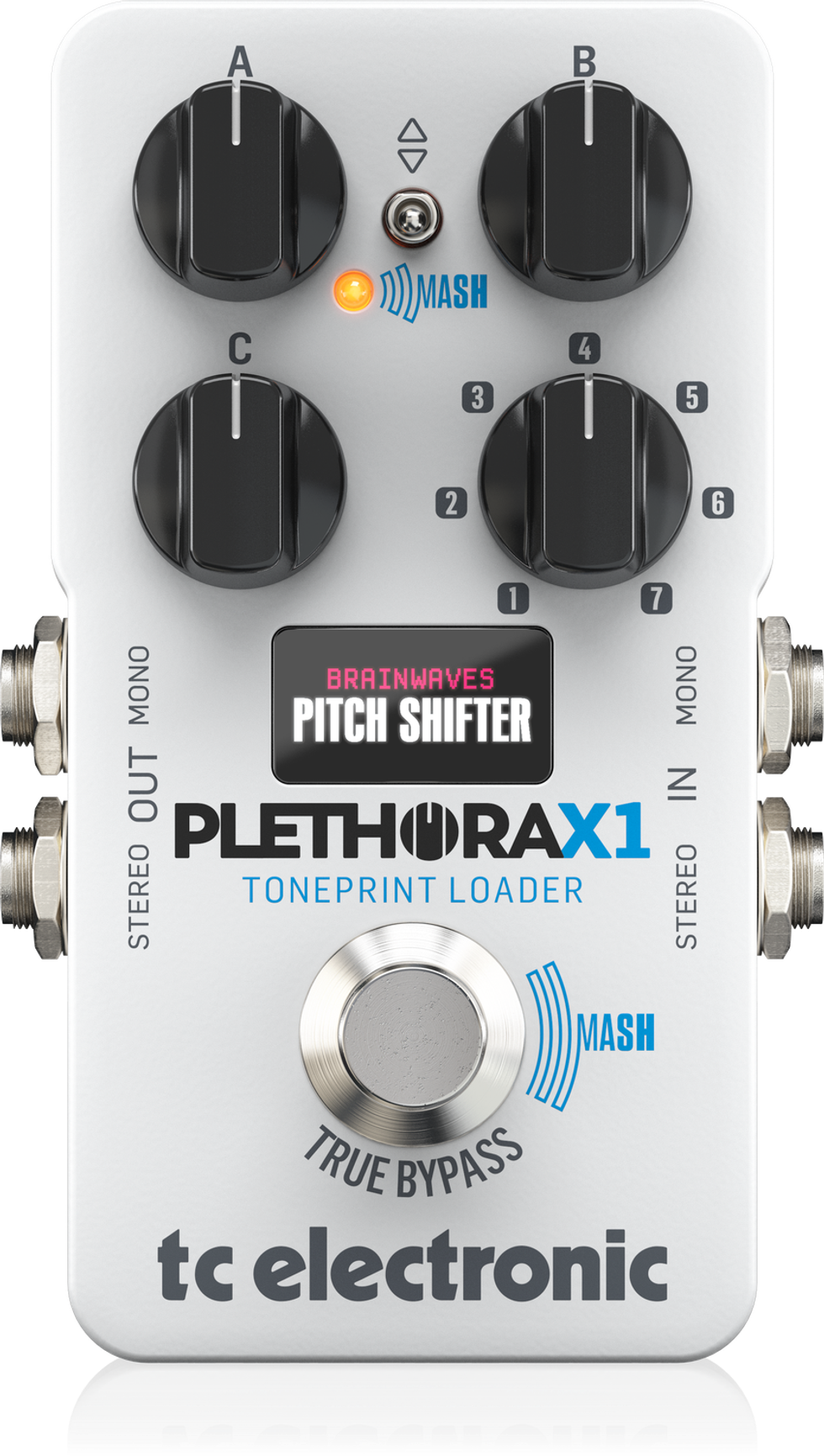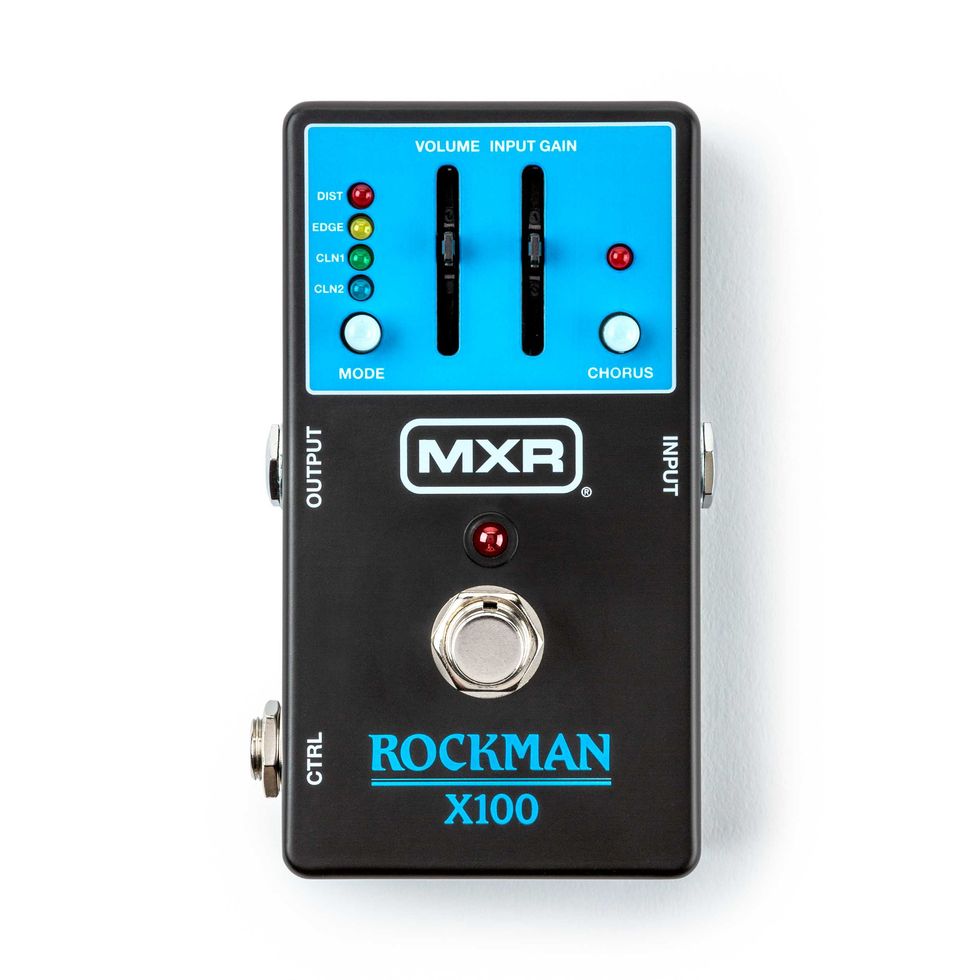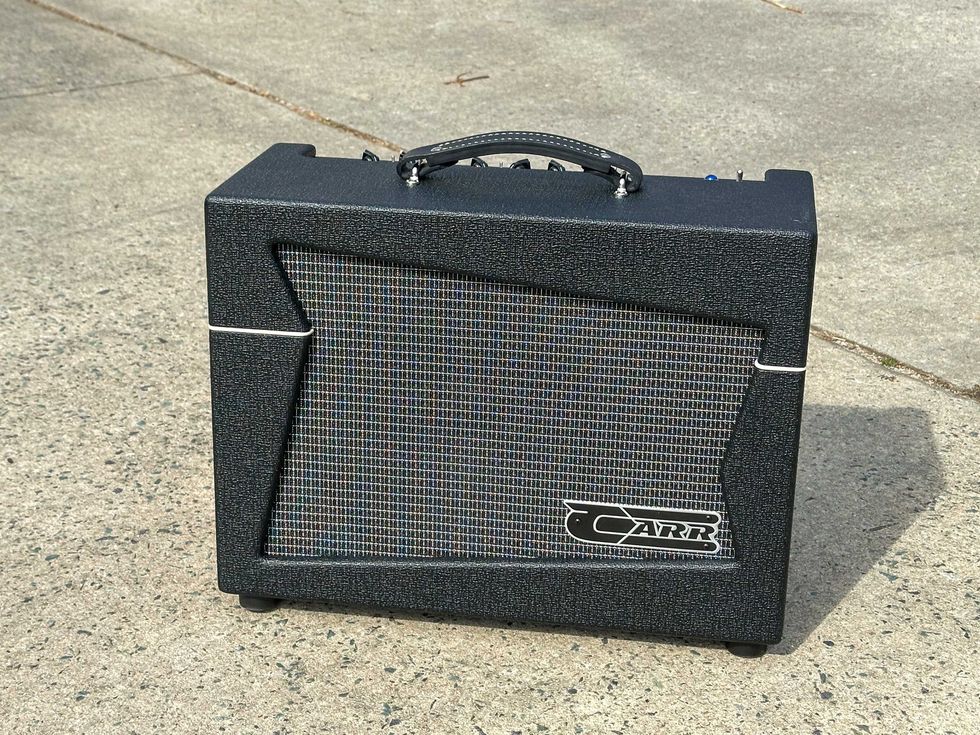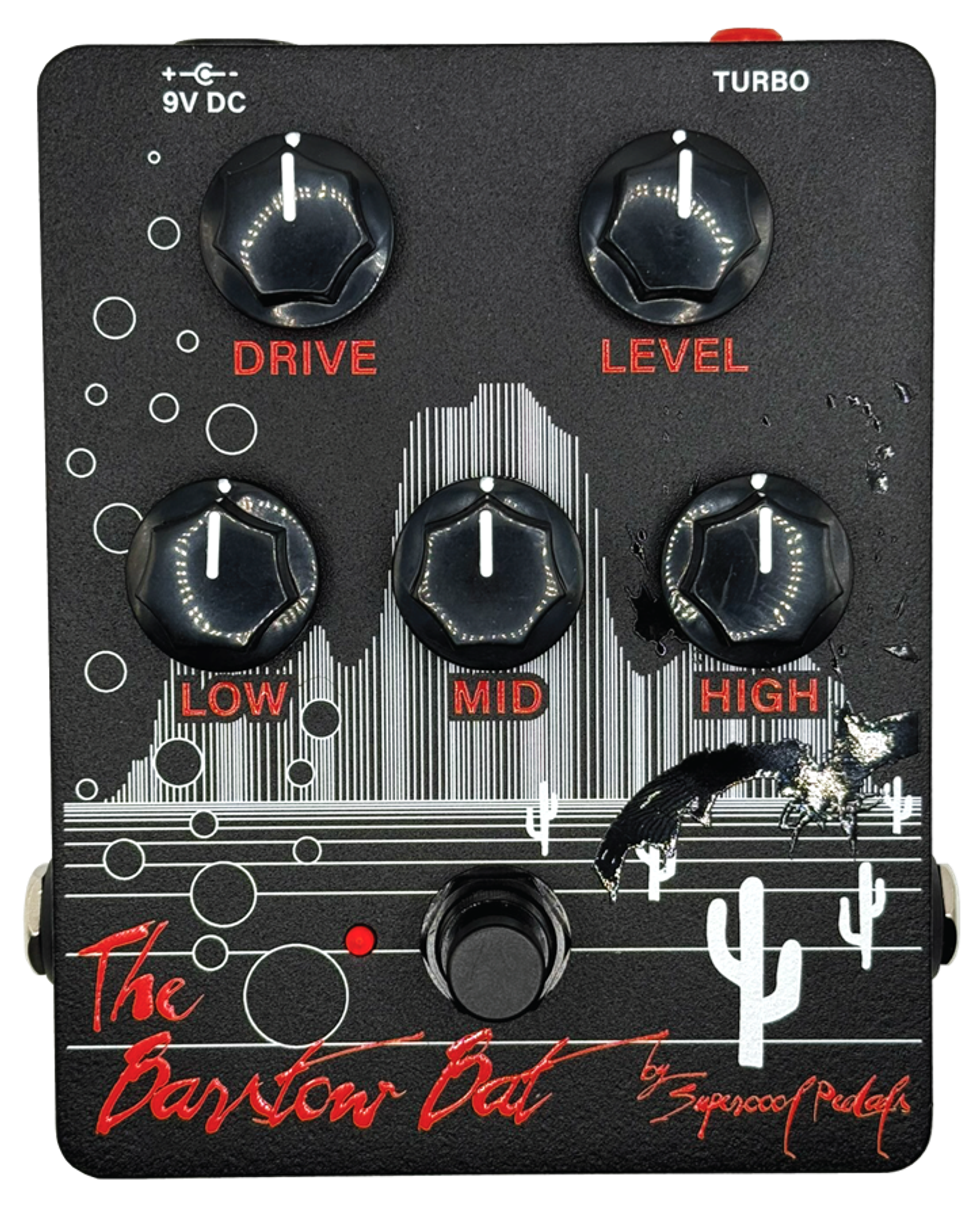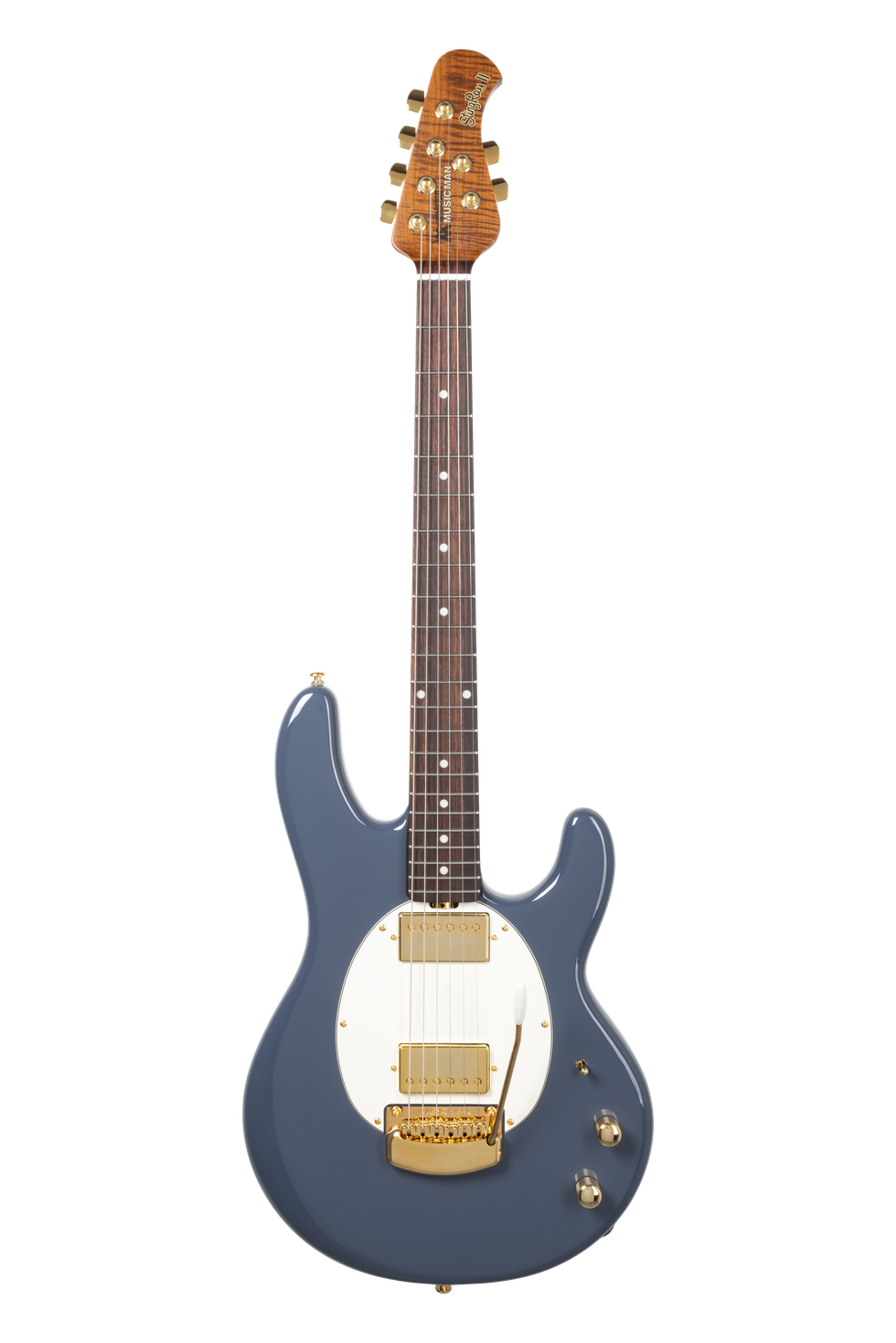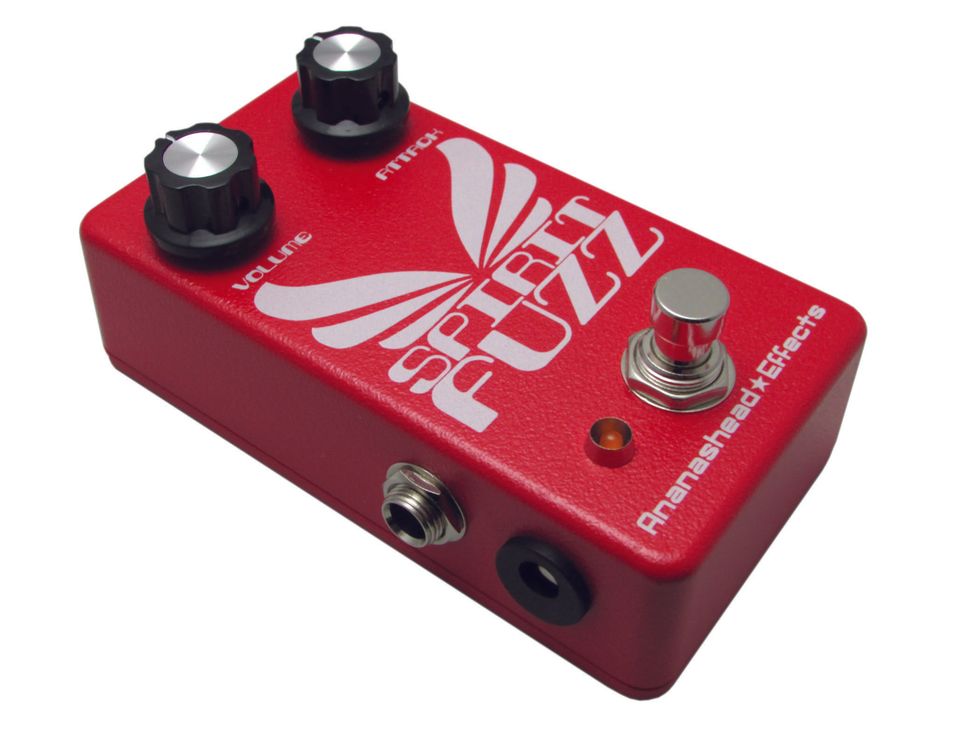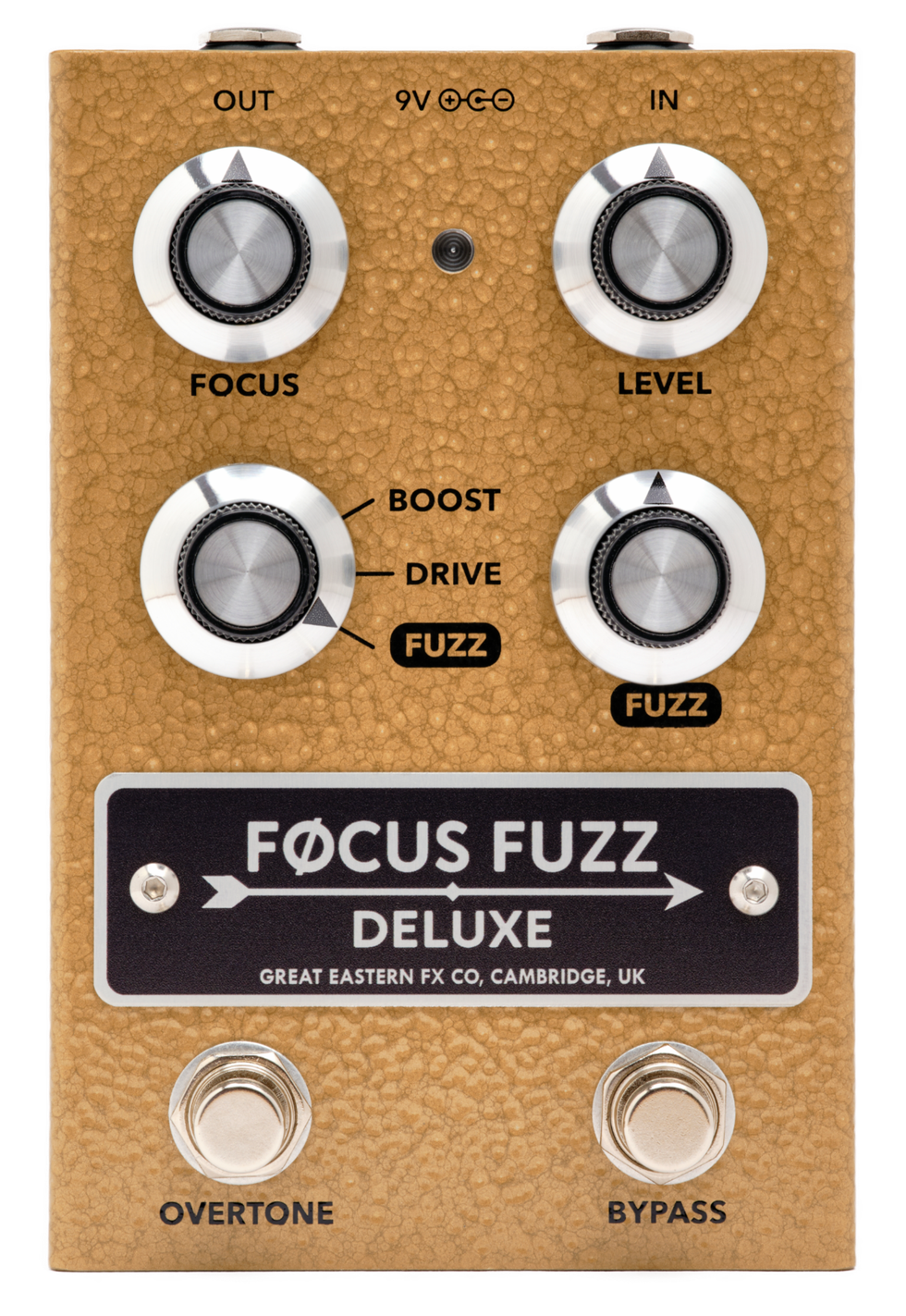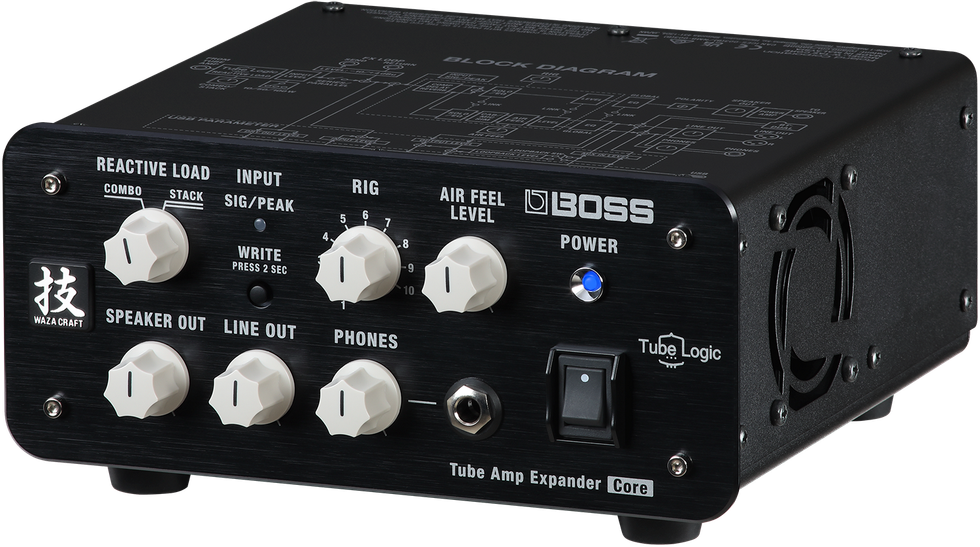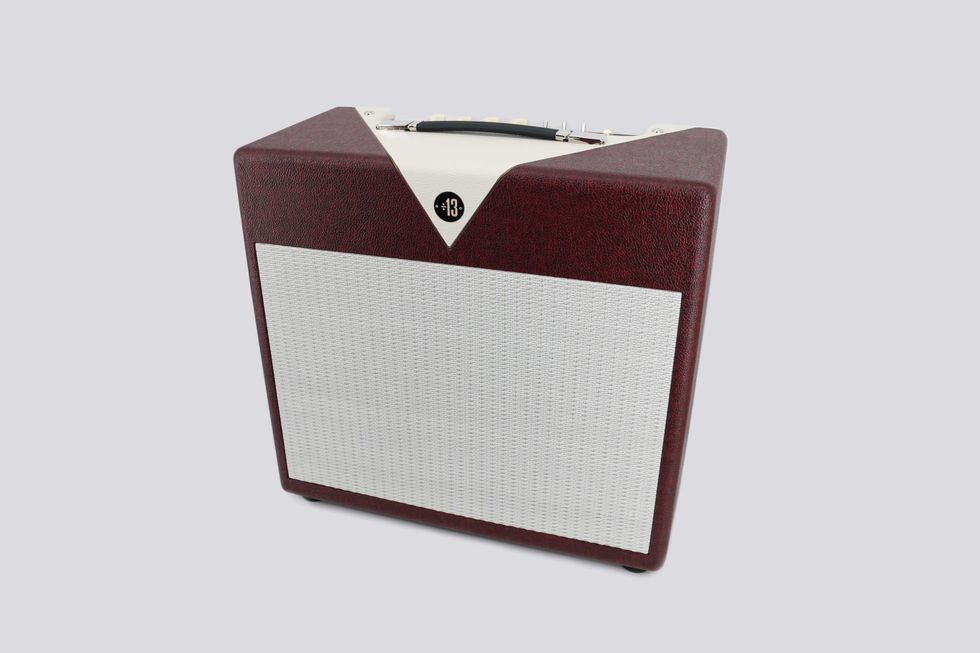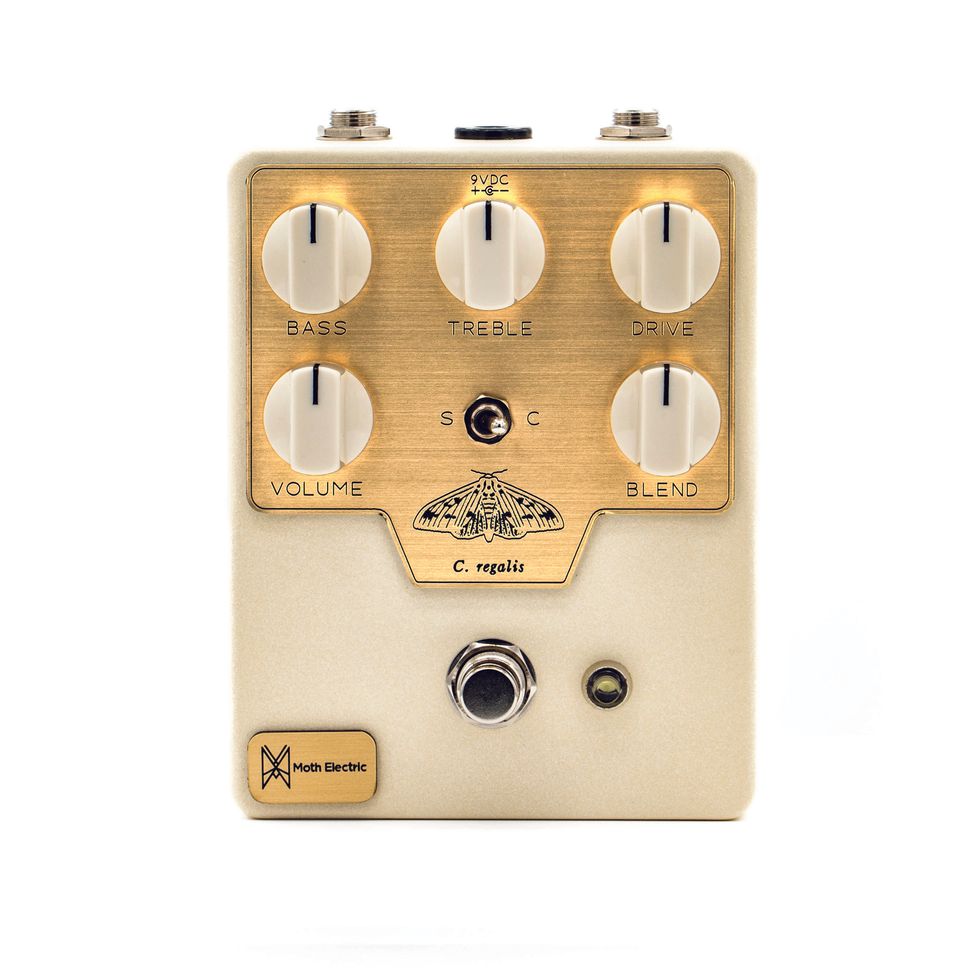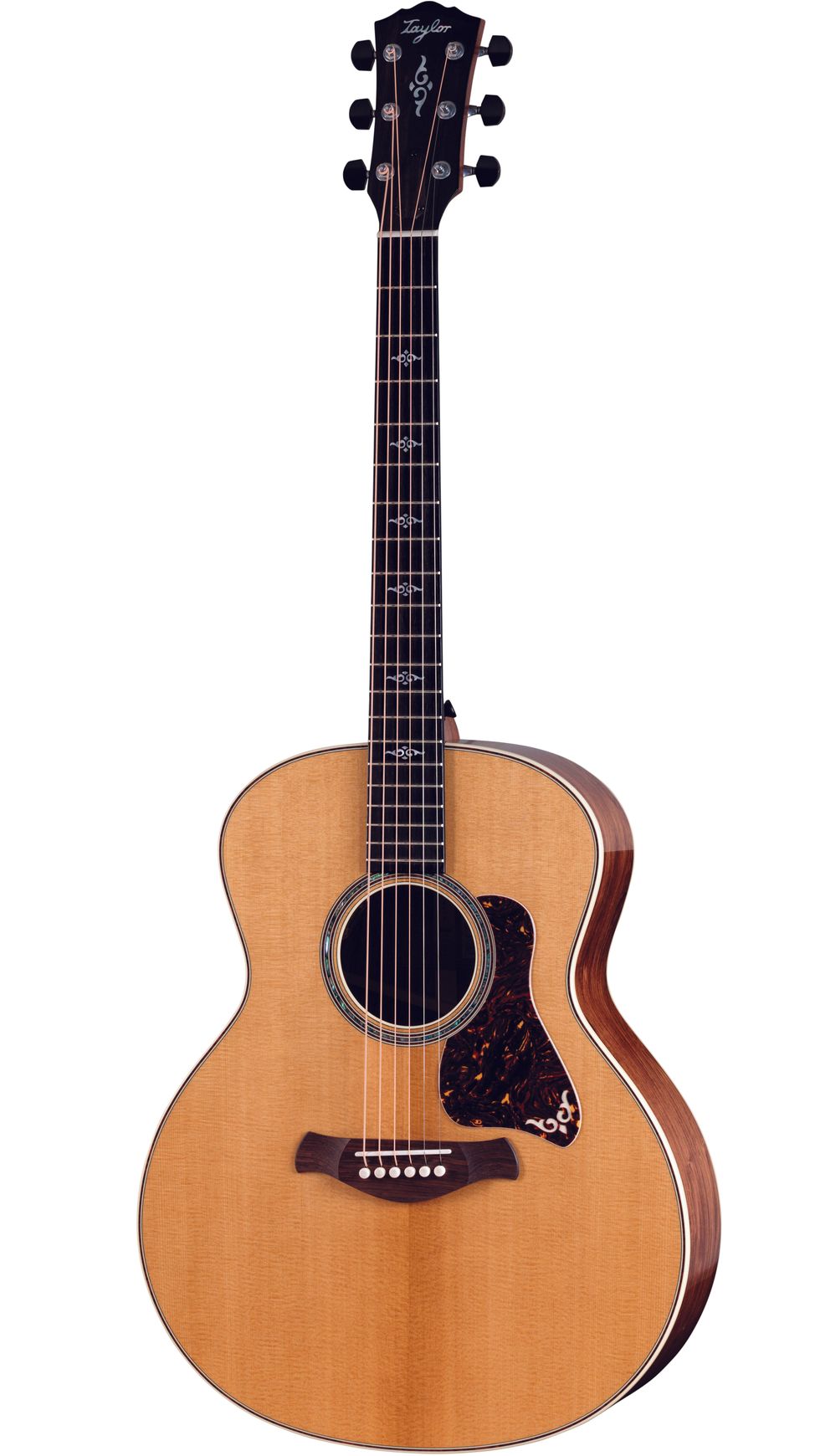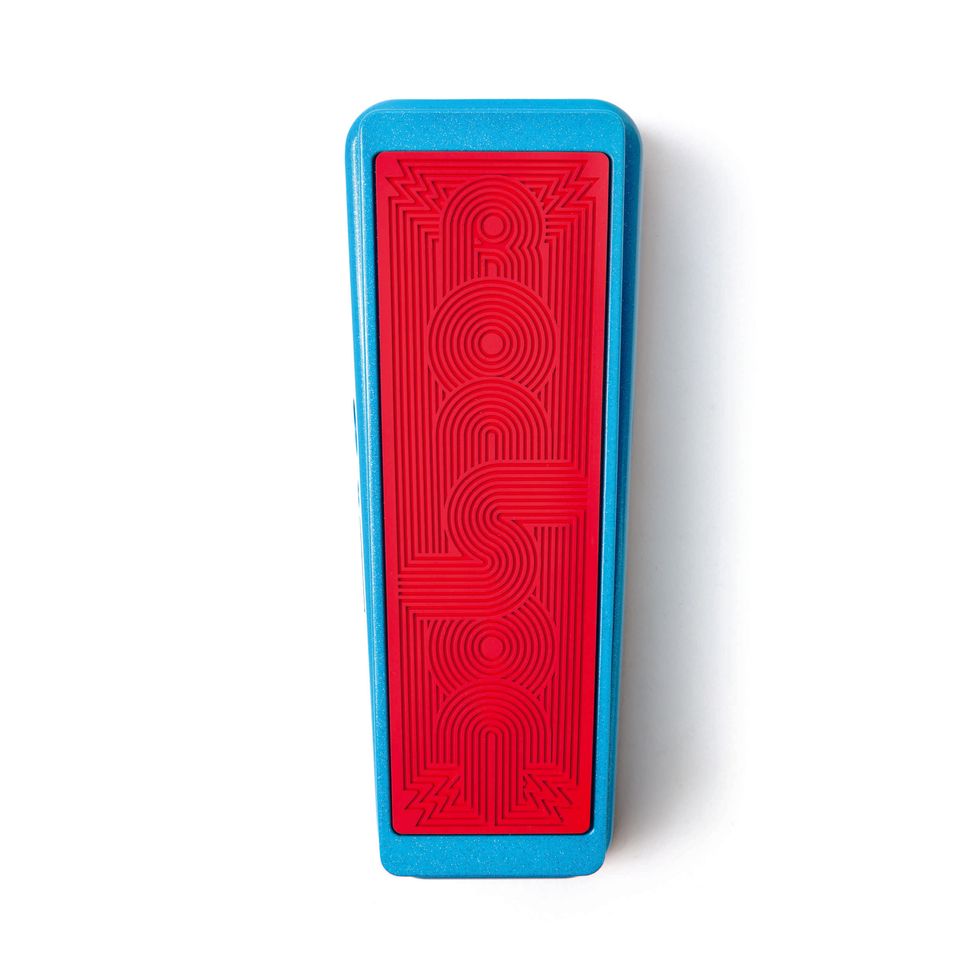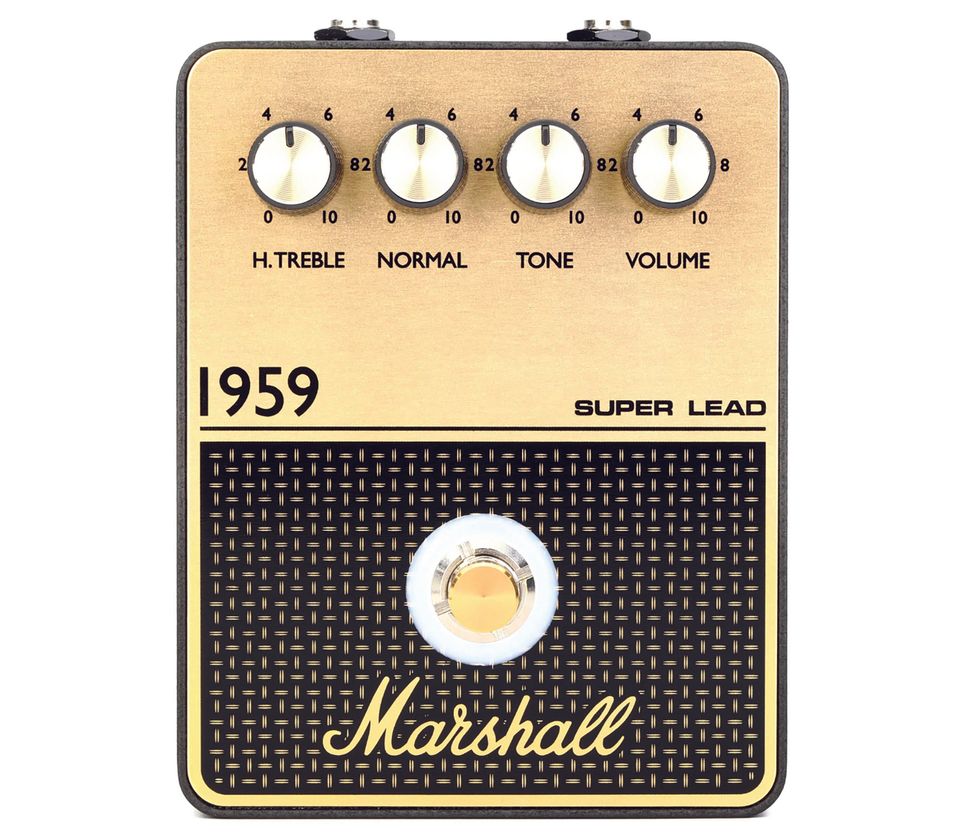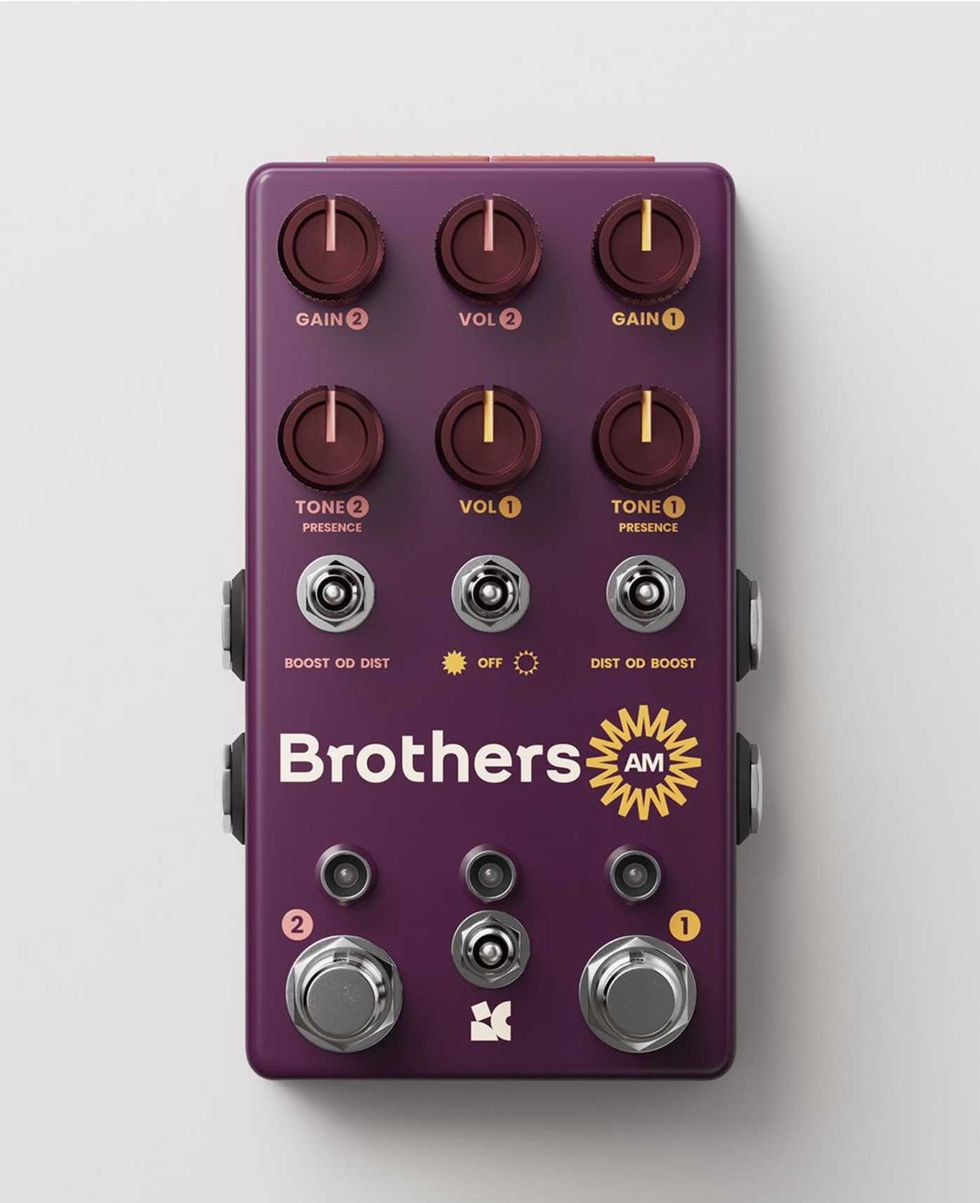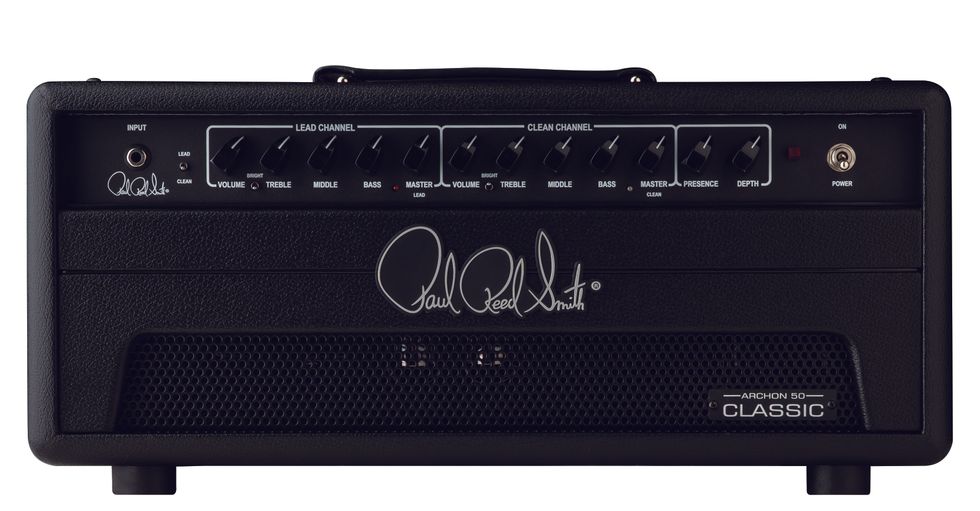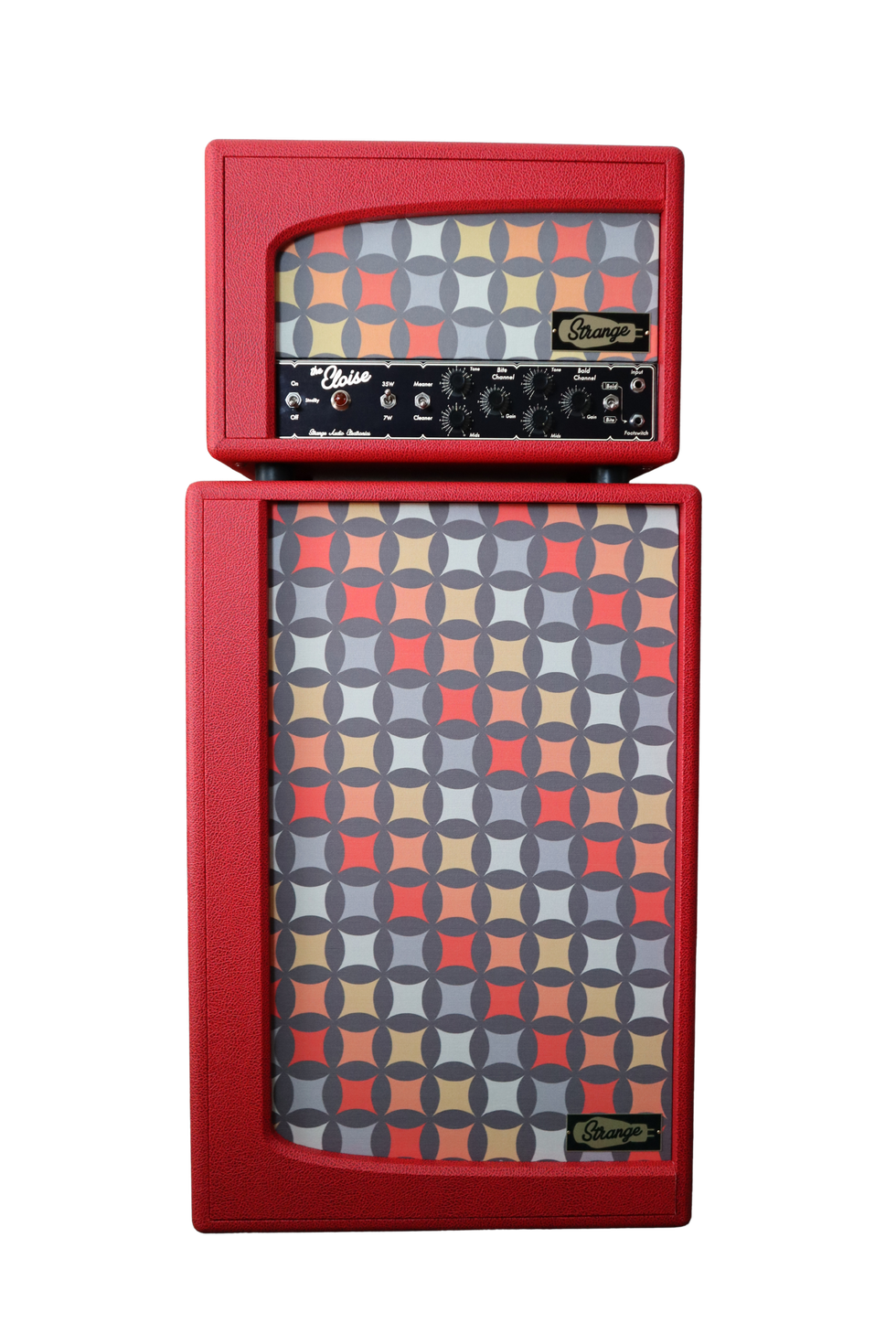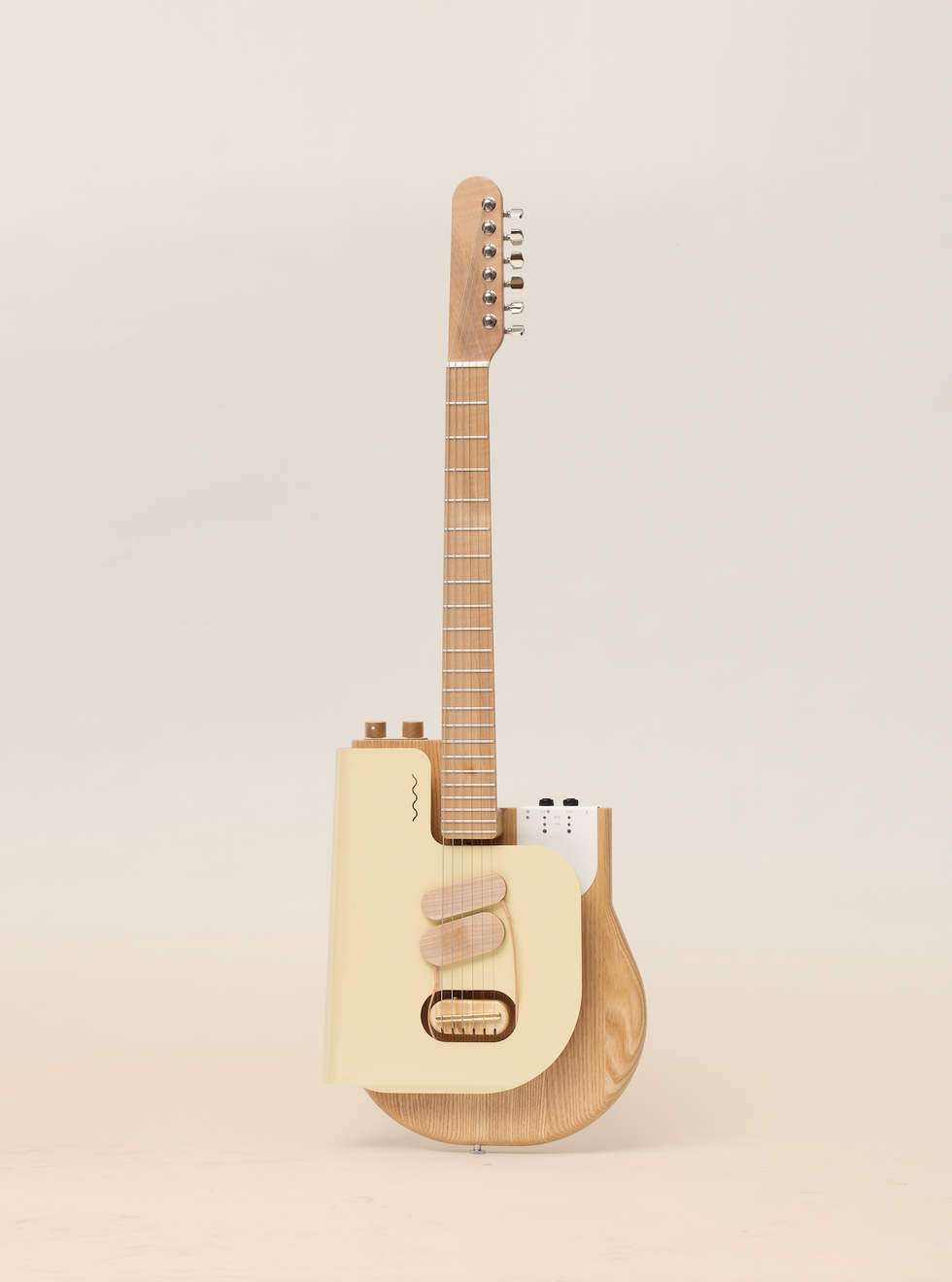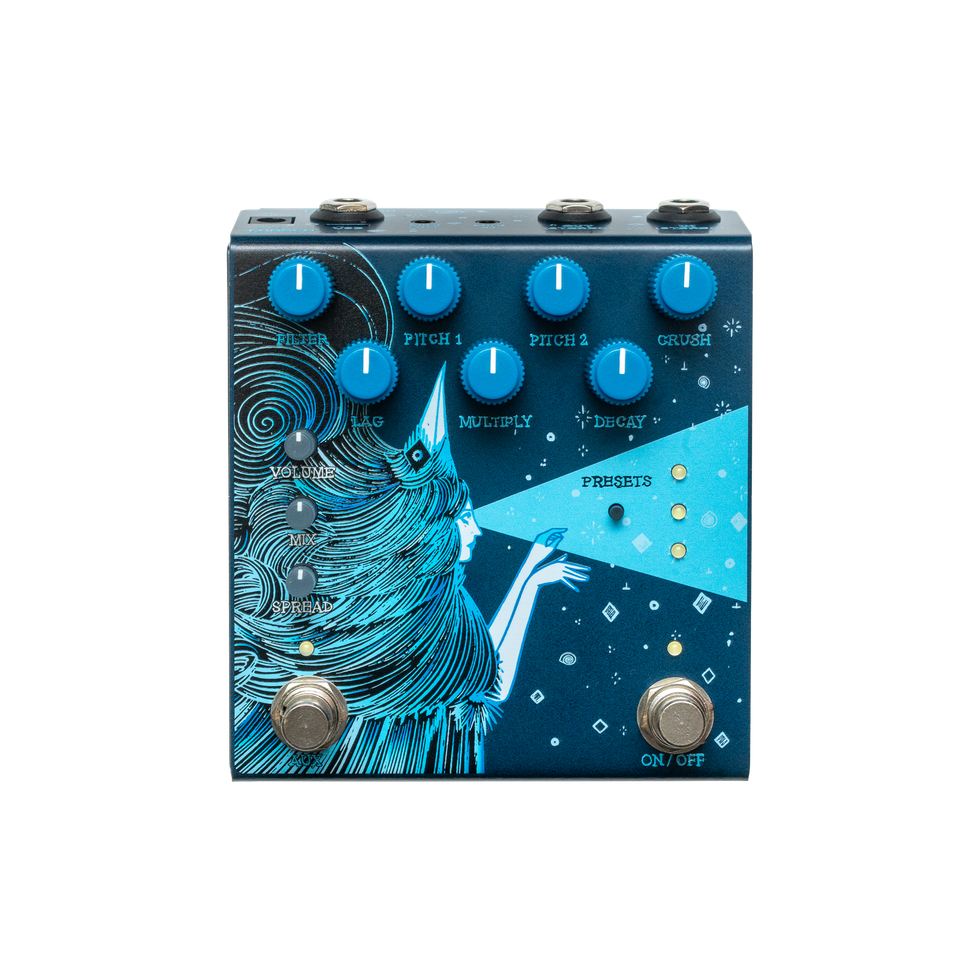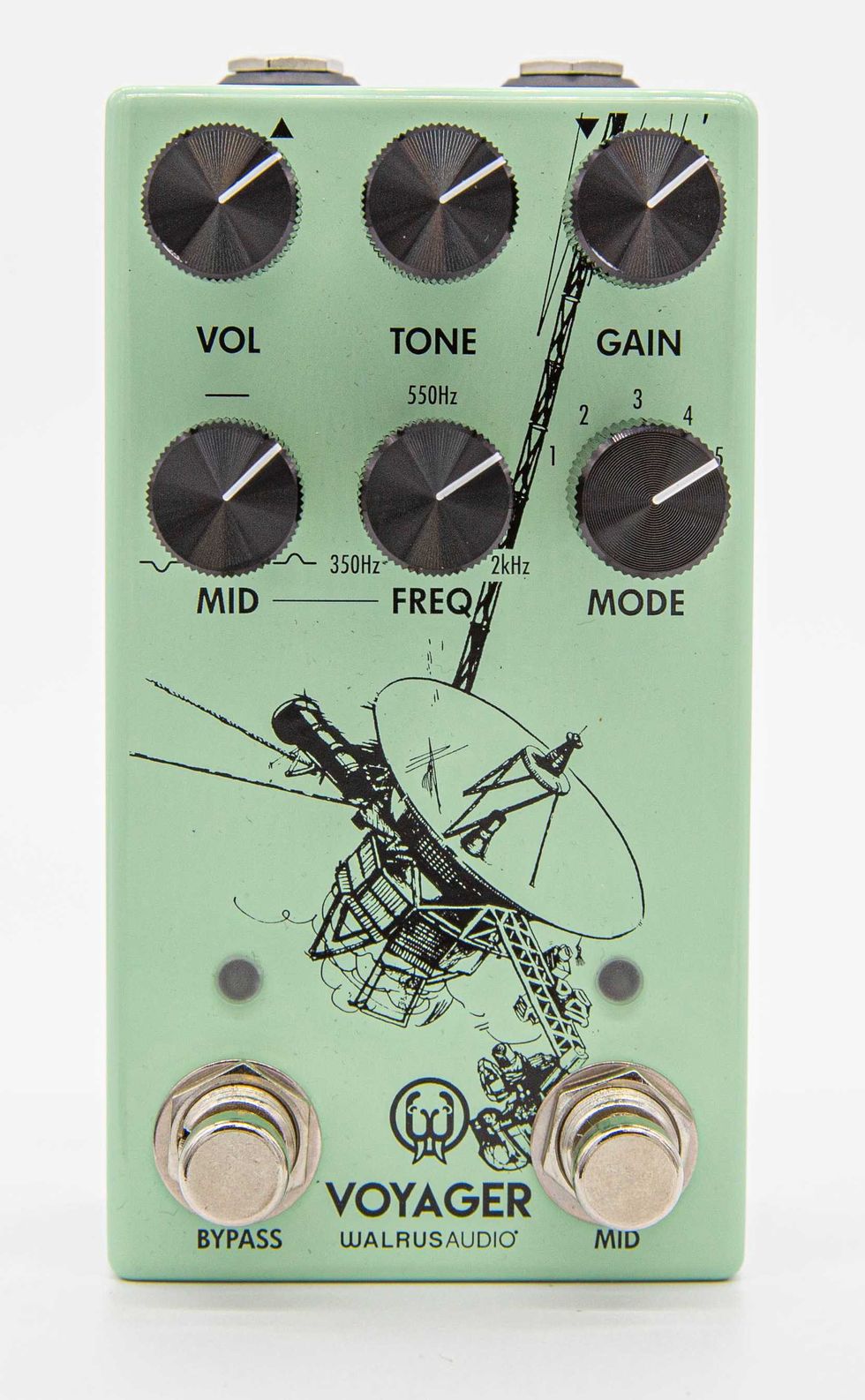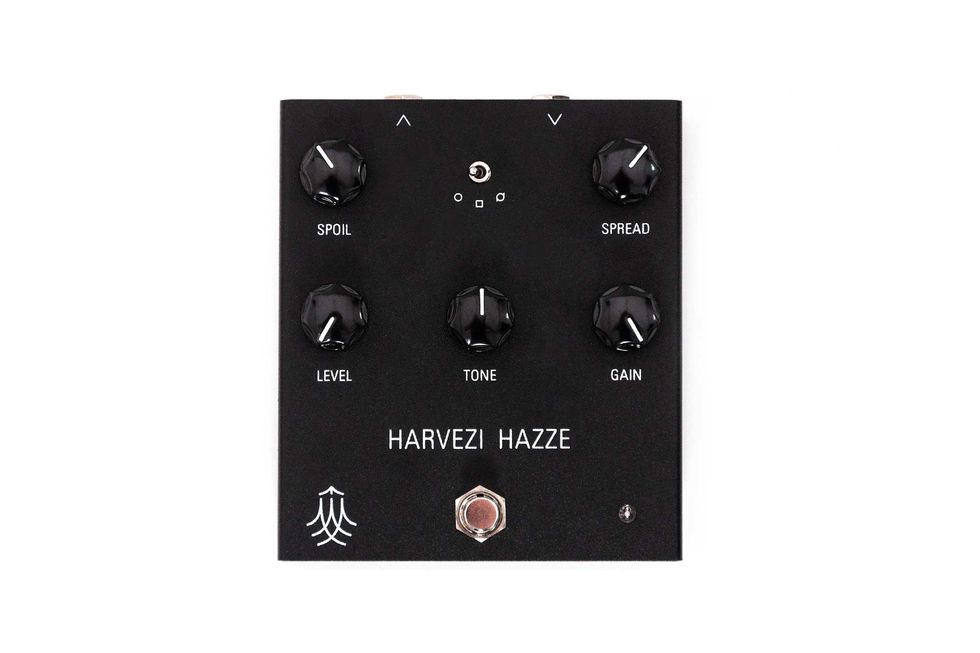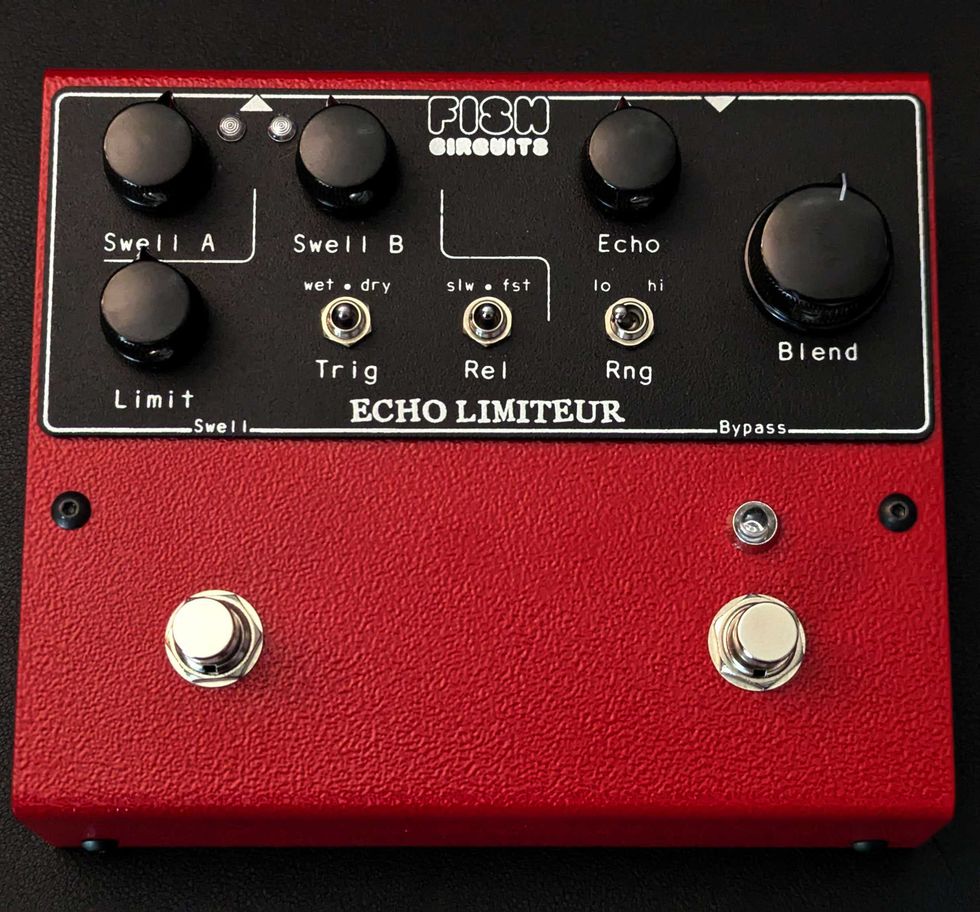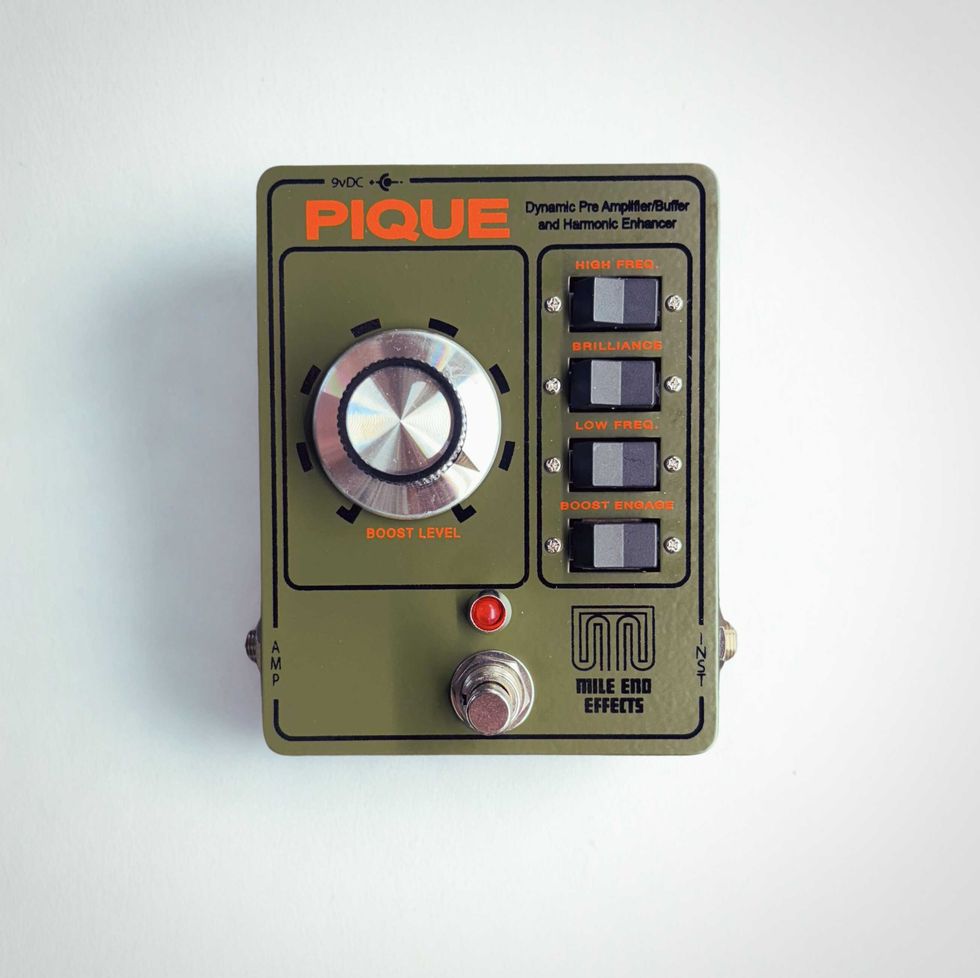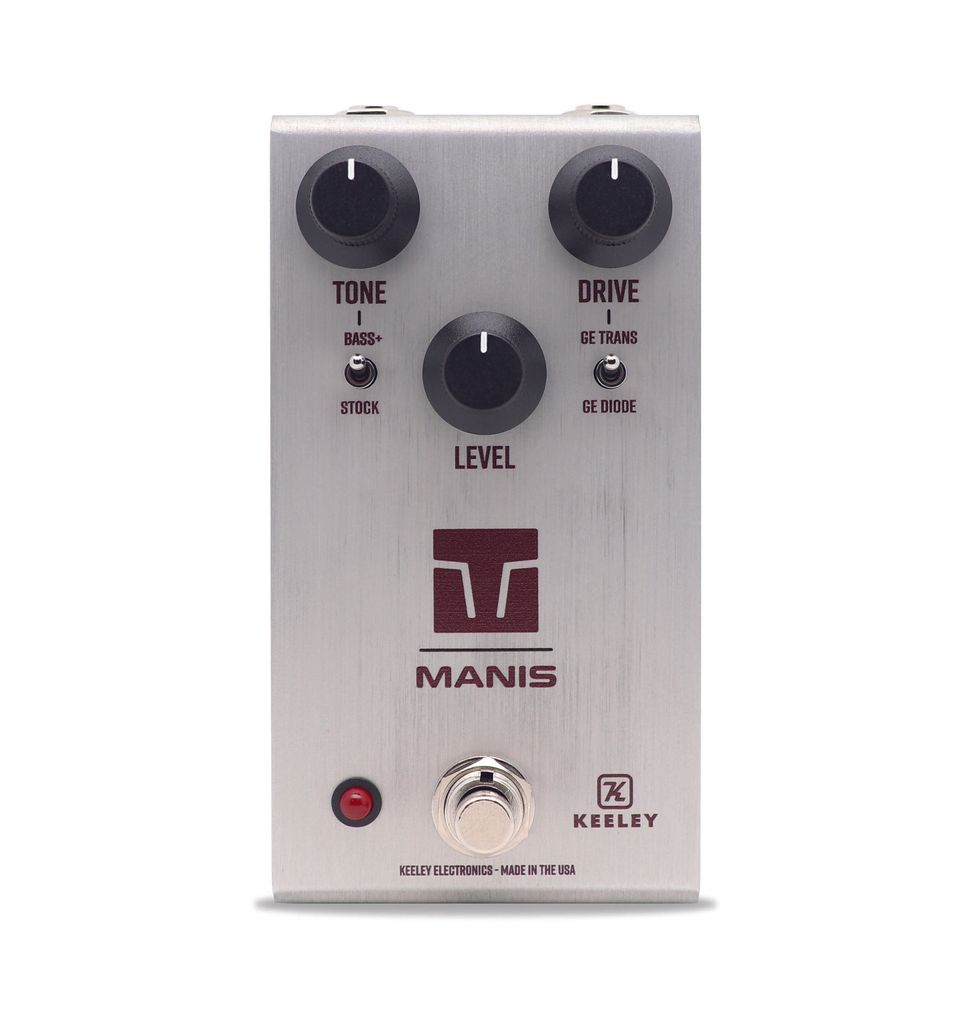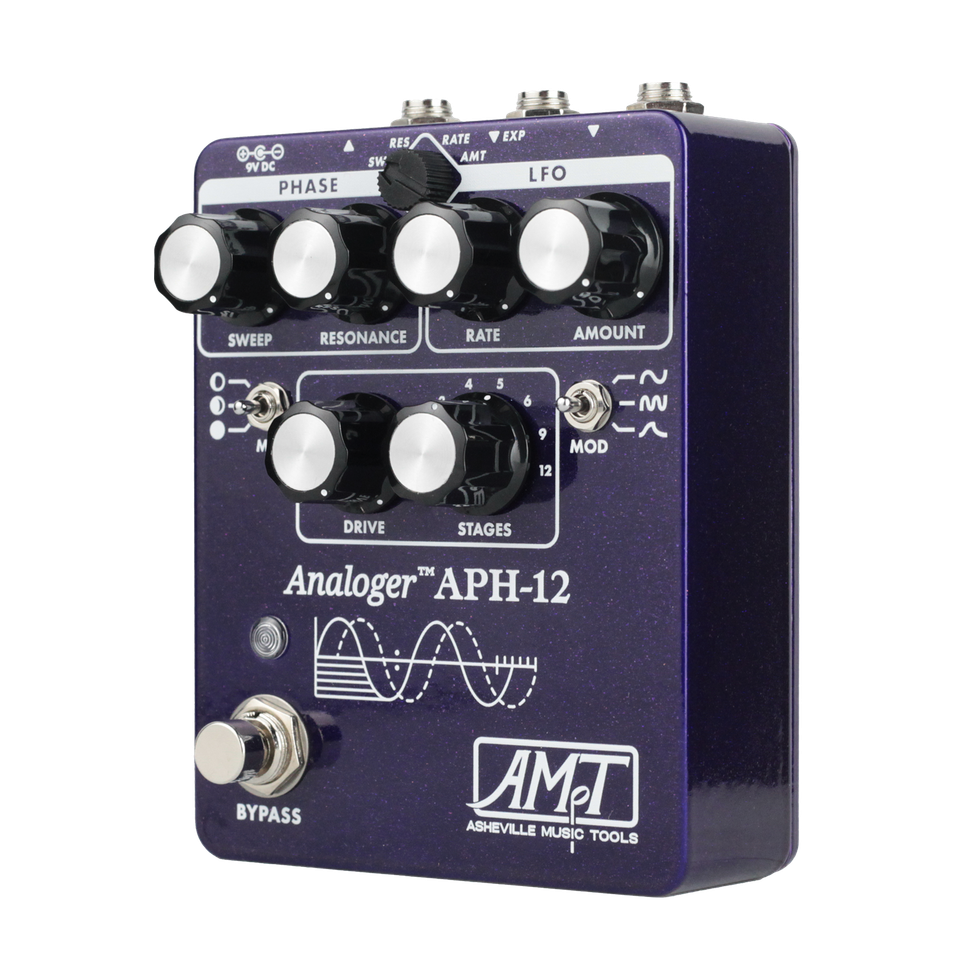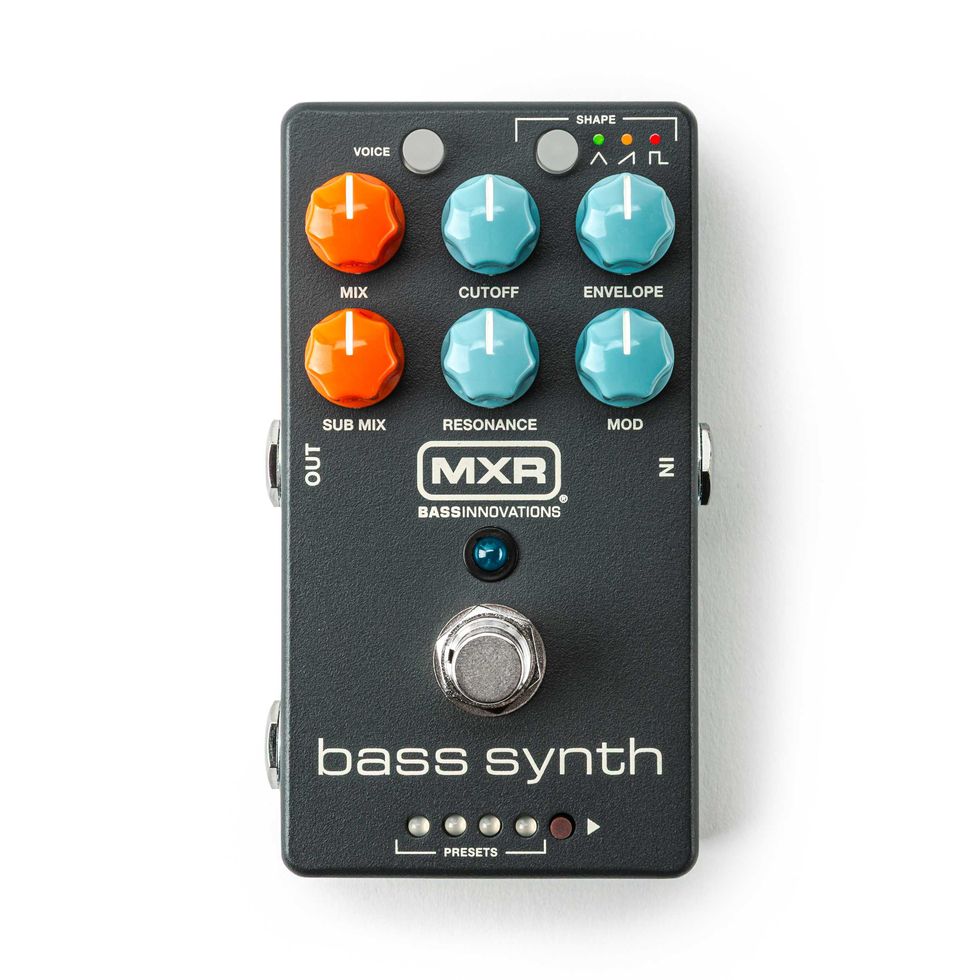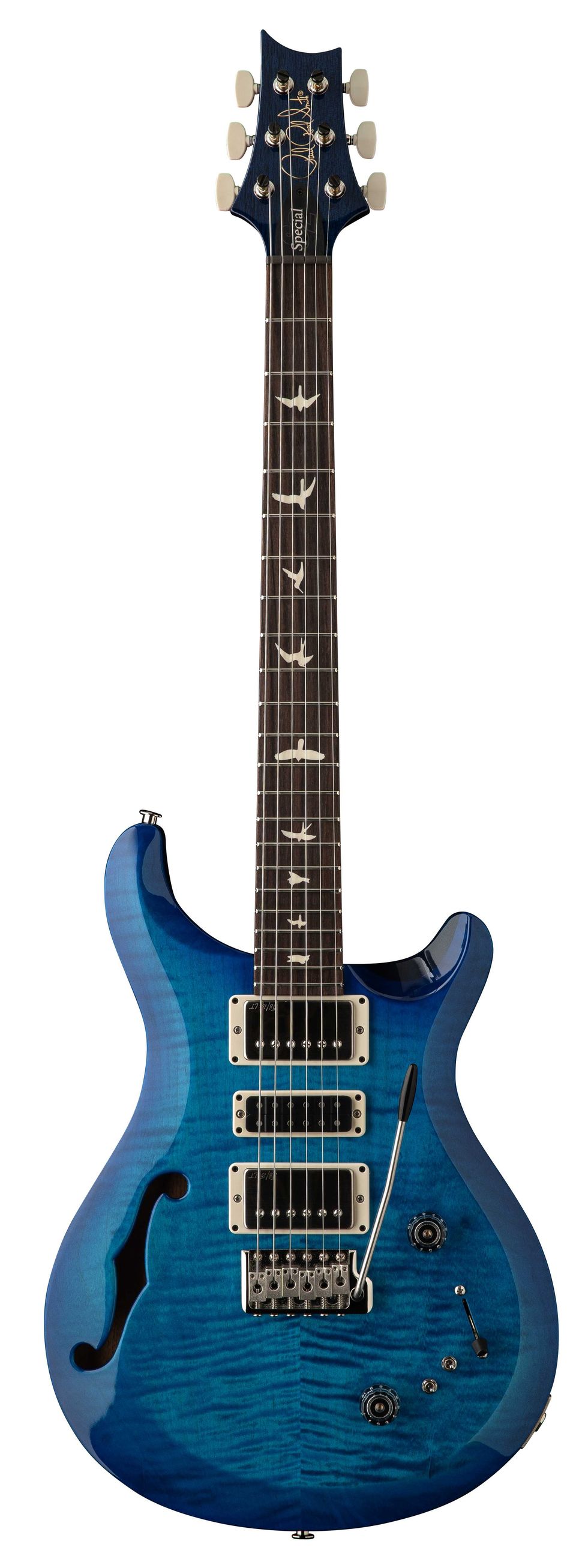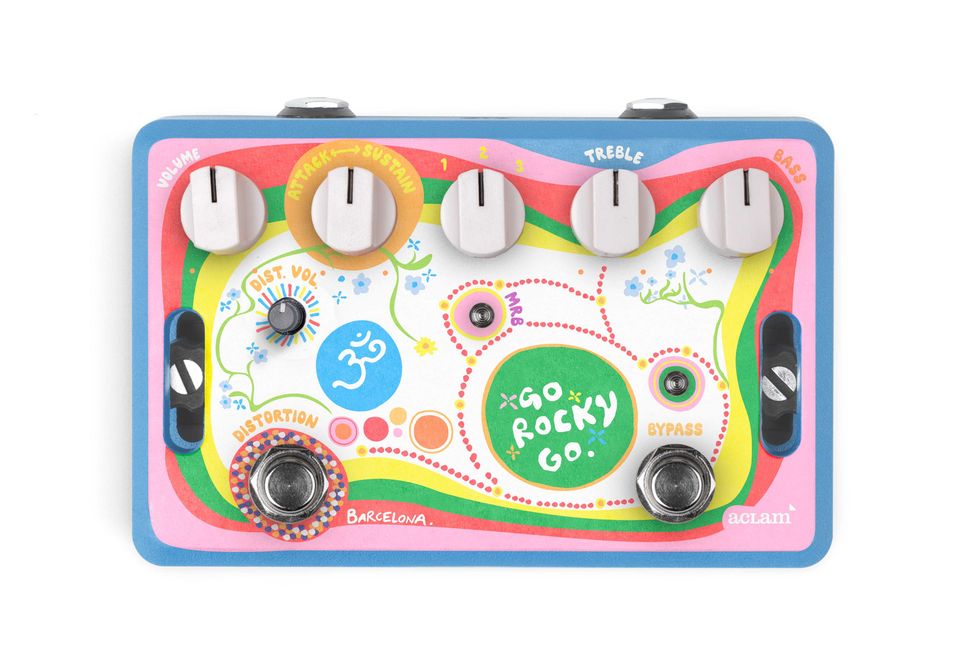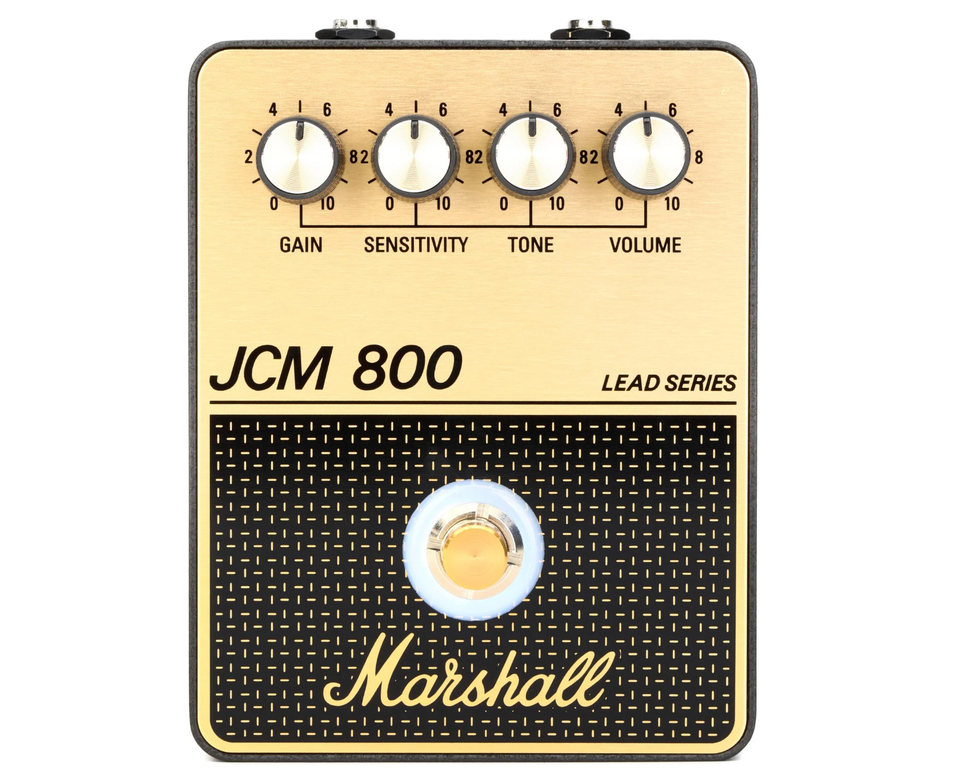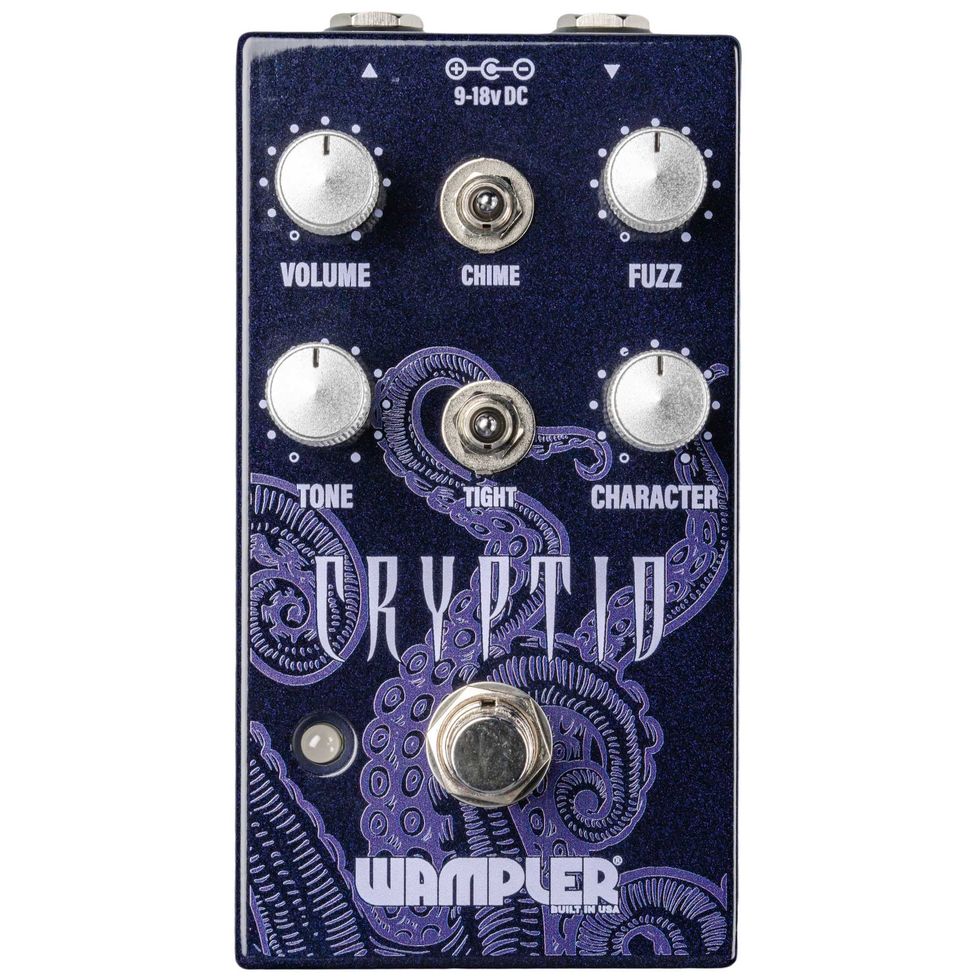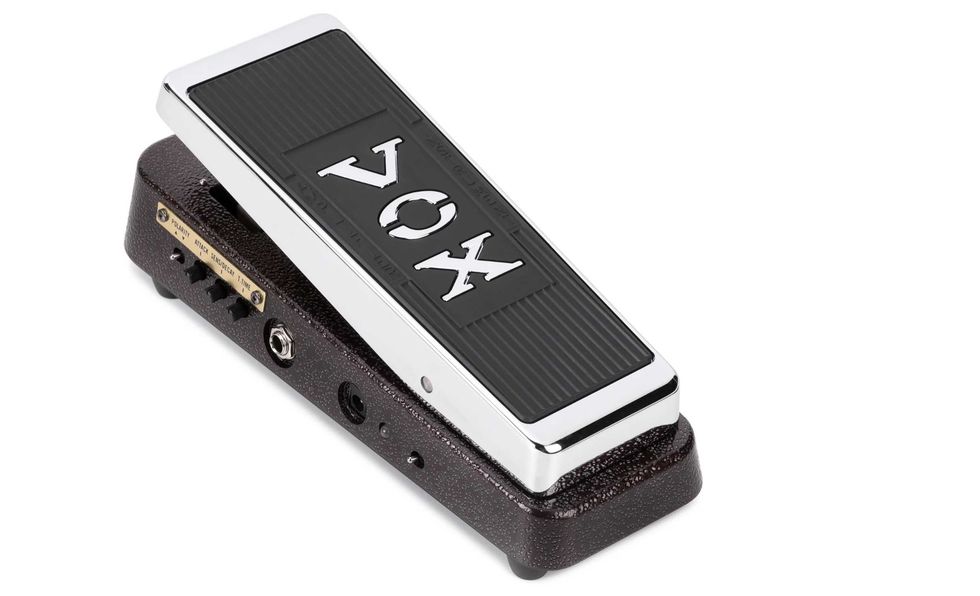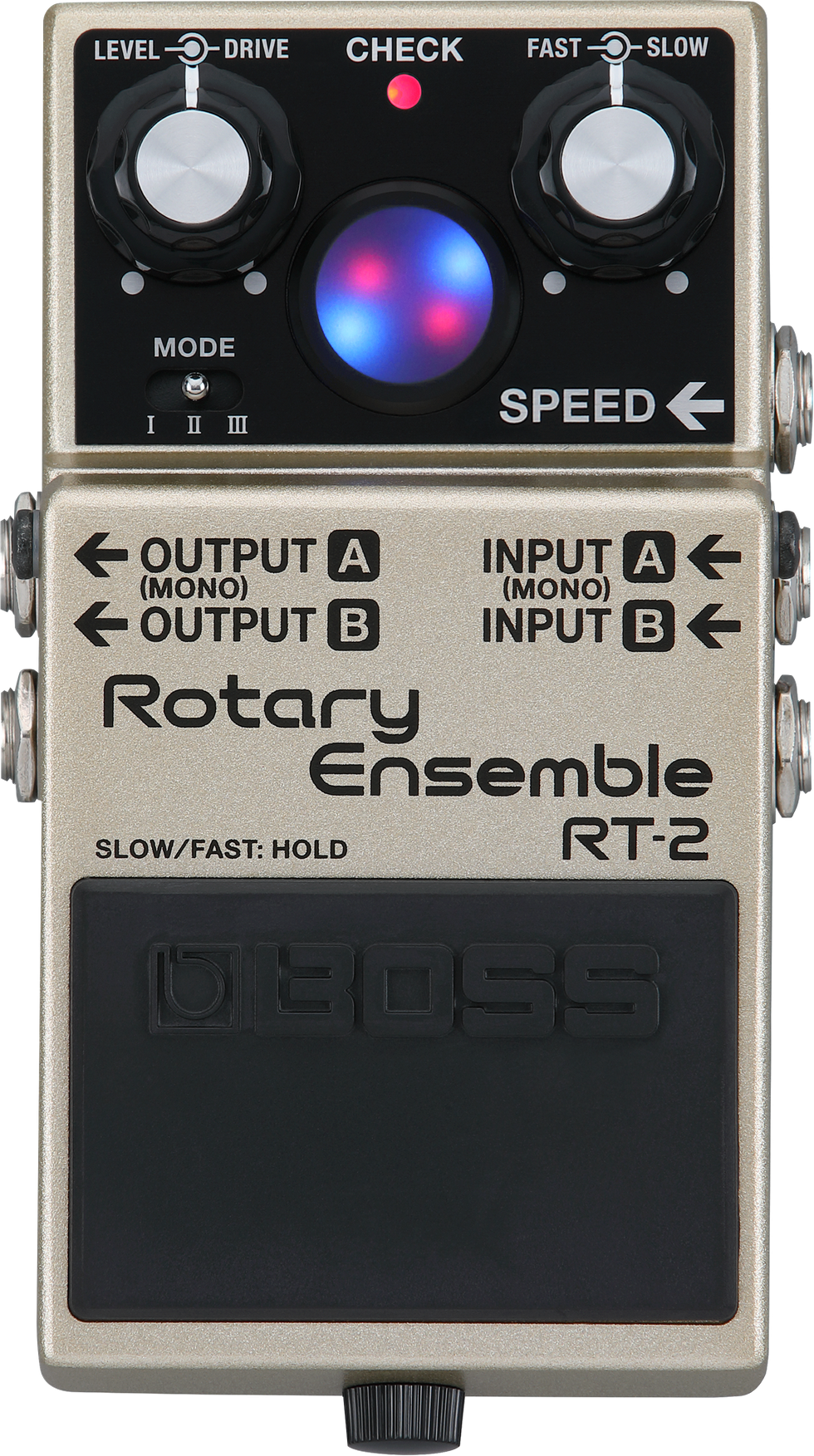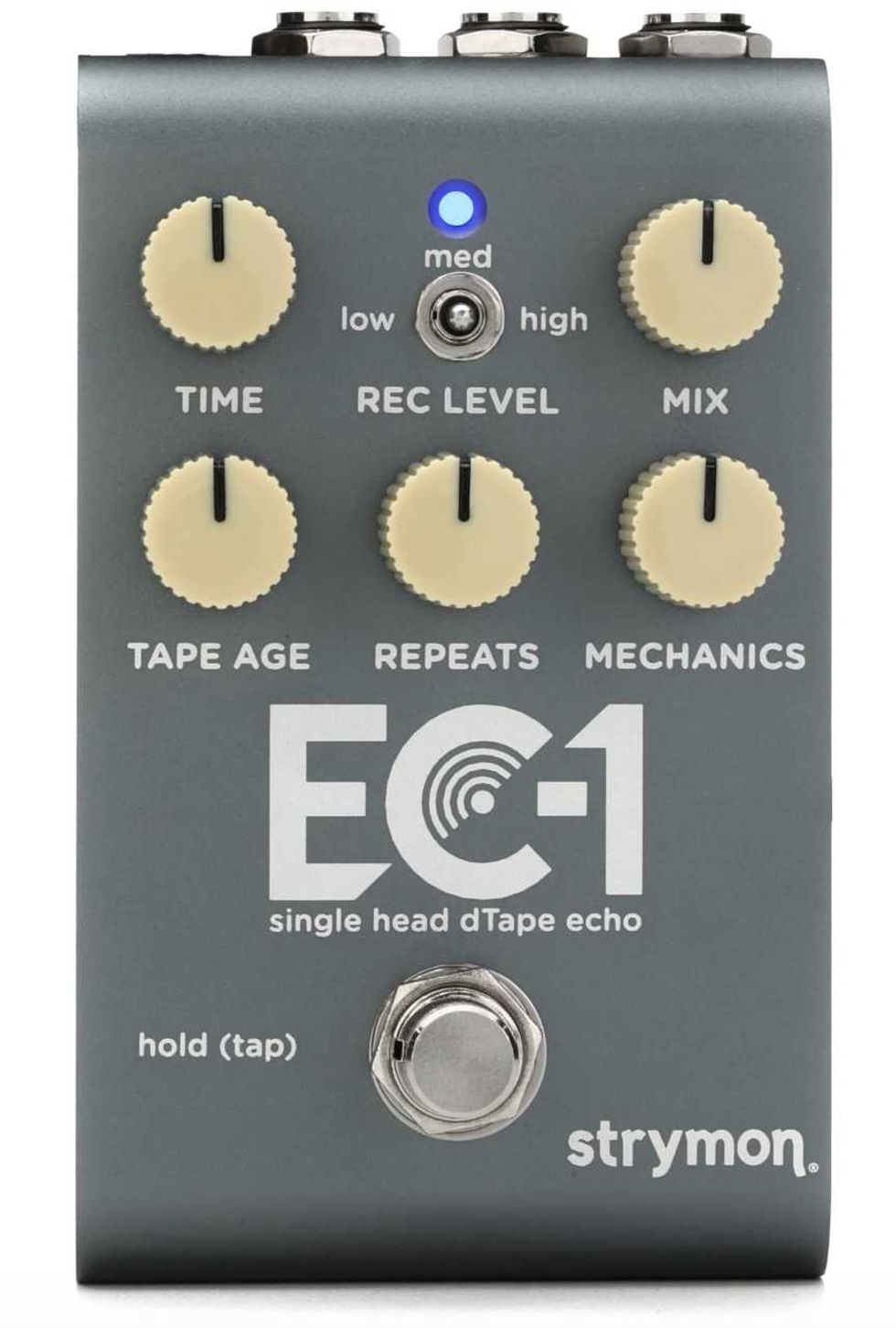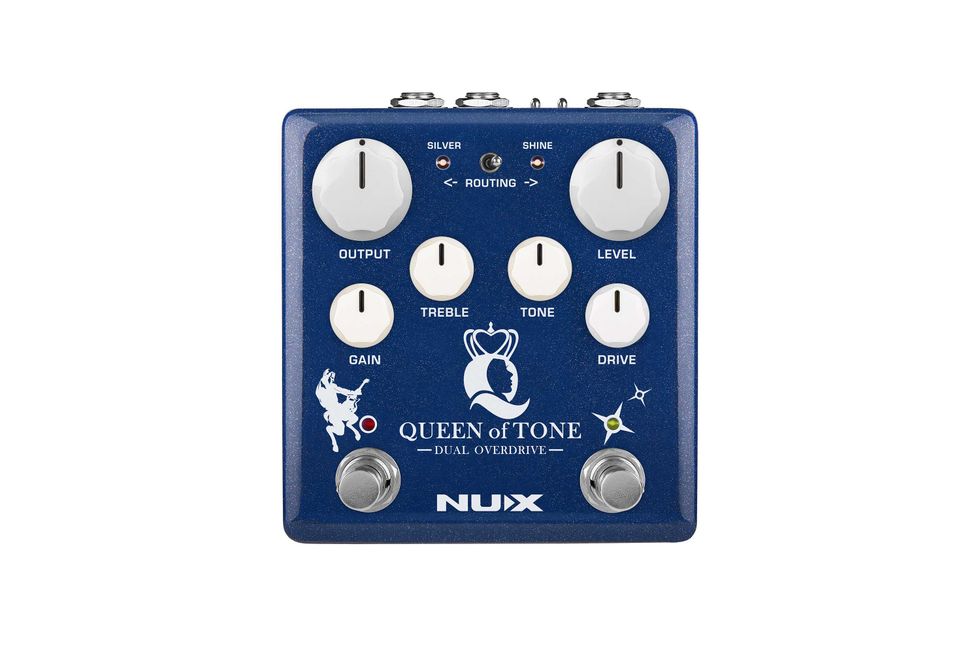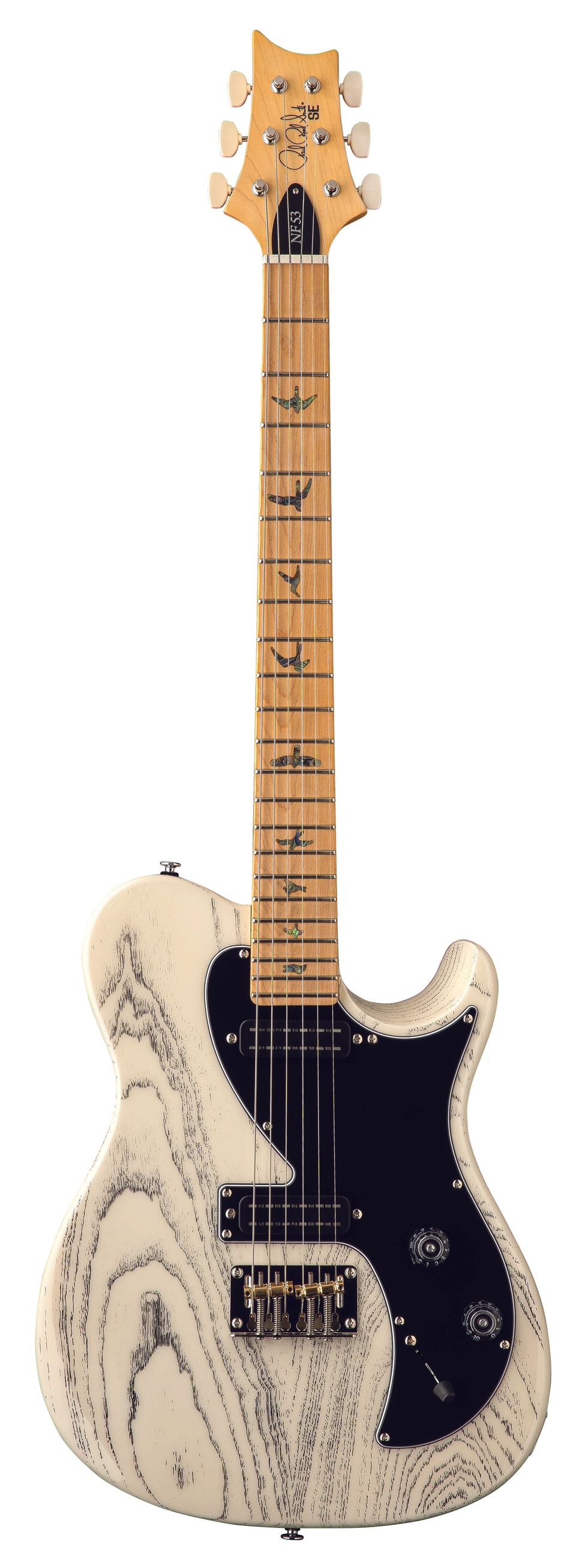RatingsPros:Two classic fuzz circuits in one box. Ferocious crunch tones. Clever blending options. Stereo outputs. Quality build. Fair price. Cons: Not very responsive to guitar dynamics. Street: $299 Dunable SplatterBlaster dunableguitars.com | Tones: Ease of Use: Build/Design: Value: |
At first glance, the debut pedal from Dunable Guitars is a simple but cool pairing of two vintage fuzz circuits. After a few more glances, it looks even cooler—and far less simple.
The SplatterBlaster is two fuzzes in one enclosure: “Splatter” is a Univox Super-Fuzz clone, while “Blaster” is a modified op amp Big Muff. Both are classics in their own right, and the pair is sonically complementary. Each can be used independently, but SplatterBlaster is most exciting when its dual fuzz circuits interact. But first, let’s consider each one separately.
Splatter Fest
The Splatter side is an authentic-sounding Super-Fuzz—a circuit prized for toothy distortion and a unique high-octave fuzz voice. Its marquee feature is a 2-position tone toggle. One setting is fat and scooped; the other is snotty and mids-forward. (You hear the contrast at the beginning of the first audio clip). Dunable supplements the original gain and volume controls with a boost pot. Still, this is not a loud circuit—even maxed out, the signal isn’t much louder than bypass. The tone toggle creates dramatic tone shifts. The effects of other controls are less pronounced. (In this respect, the Splatter circuit differs from a Super-Fuzz, where gain control shifts can result in glitchy, even synthy fuzz textures). At the very end of Clip 1, I play two similar riffs. The first time, the Splatter (gain) and boost controls are at their minimum settings. After that, they’re maxed out. Sure, there’s a difference, but it’s modest.
Master Blaster
The Blaster side is based on the late-’70s Muffs that used op amps in lieu of transistors. You get a faithful rendition of the iconic single-knob tone control, wherein the single knob’s sweep doesn’t simply cut bass or treble, but adjusts both while reconfiguring the midrange. It’s the scoop, the whole scoop, and nothing but the scoop.
Dunable has added a bass pot, which applies a hefty low-end boost centered around 100 Hz. On guitar, it can overwhelm the traditional tone control, generating overly dense and thudding tones. But hmm … could it be cool on bass? (Spoiler alert: Eff yeah!) Clip 2 showcases the Blaster side alone. Both fuzzes sound badass, but neither is dynamically responsive. You can’t clean these up or soften their edges by lowering the guitar’s volume. You’ve got to commit to full-on fuzz.
dual fuzz circuits interact.
One plus one equals…?
Combined, the two fuzzes yield far more than the sum of their parts. Their circuits are arrayed in parallel, not series. In other words, Splatter never cascades into Blaster, or vice versa. Instead, there’s a mix knob that blends the fuzzes in varying ratios. Splatter’s spiky mids can add dynamics and intensity to Blaster’s thick, scooped sound. And since the blend control is active even when one fuzz is bypassed, you can mix either fuzz with your clean signal. That can add definition and impact to squashed, saturated fuzz settings. Clip 3 explores these possibilities.
Left, Right, and In Between
Through a single amp, the SplatterBlaster sums both fuzzes in mono. But flick the stereo switch, and each effect gets routed to its own output for feeding two amps or a stereo-compatible amp modeler. Another wrinkle is a phase-reverse switch, to flip the polarity of one circuit. Depending on your settings, this can provide subtle variation or radically altered tones. Clip 4 demonstrates the stereo configuration. (I used a small, clean-toned combo amp for the first three clips and an amp modeler for the remaining clips—including the stereo clip.)
Saving the Low for Last
I expected the SplatterBlaster to sound good on bass, given the Blaster’s extra bass control, its ability to blend clean and distorted signals, and the fact that a less dynamic fuzz can be a good thing for bass tones. But “good” doesn’t begin to describe the results. It’s more like “devastating.” SplatterBlaster may be my fave bass fuzz ever. Clip 5 demos stereo bass sounds. Clip 6 features the same performance, but mixed to mono. Damn.
By the way, the SplatterBlaster runs on standard 9-volt power supplies. It has no battery compartment.
The Verdict
If the SplatterBlaster simply offered two great fuzzes in one box, it would be an attractive pedal. But its ability to mix and stereo-ize the fuzzes and blend them with clean signal unlocks a world of compelling crunch tones. The pedal is equally potent on guitar and bass. It’s well made, with enclosure-mounted jacks and classy metal knobs. And with two discrete effects, plus many ways to combine them, it’s fairly priced at $299.
Watch the First Look:
